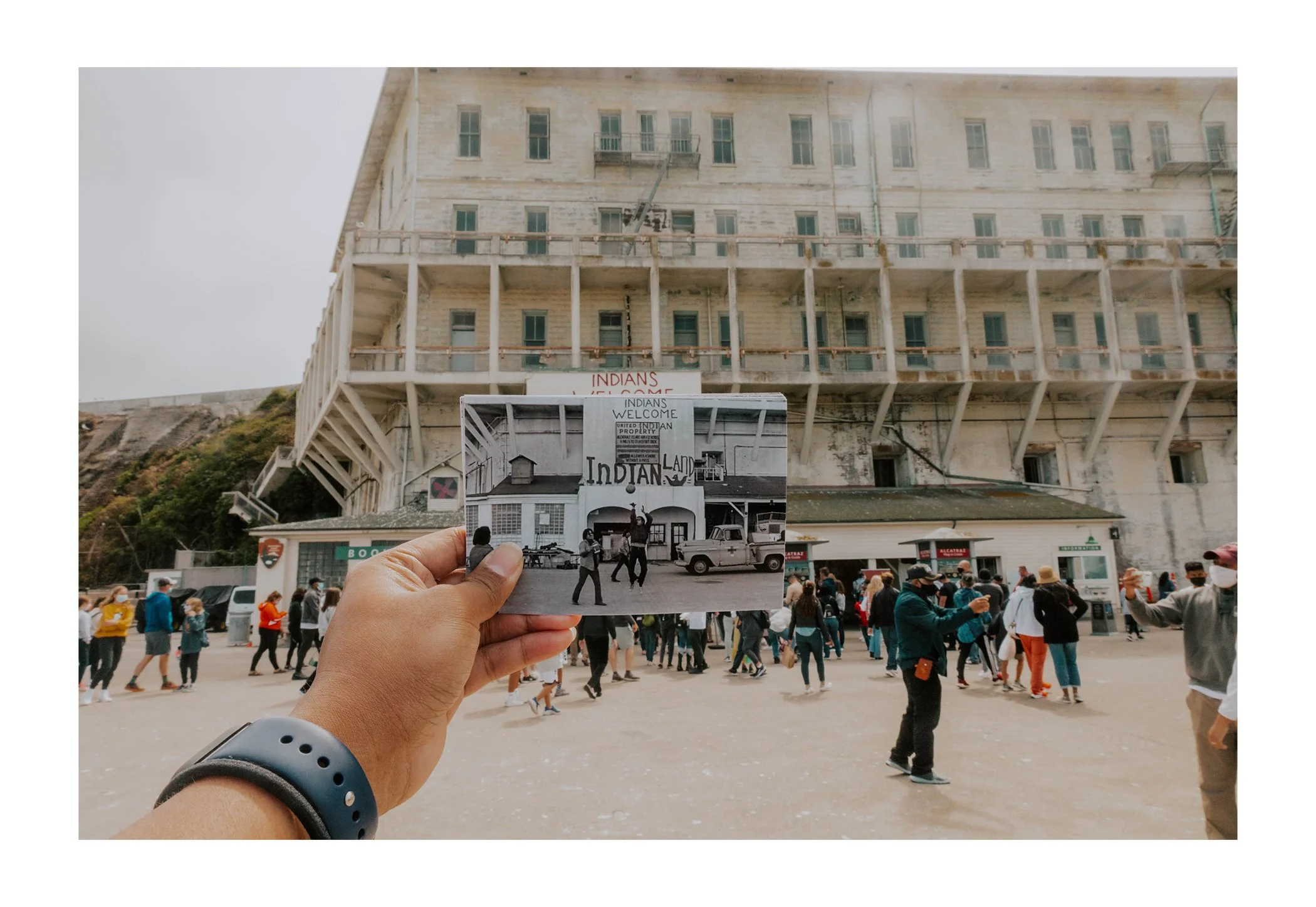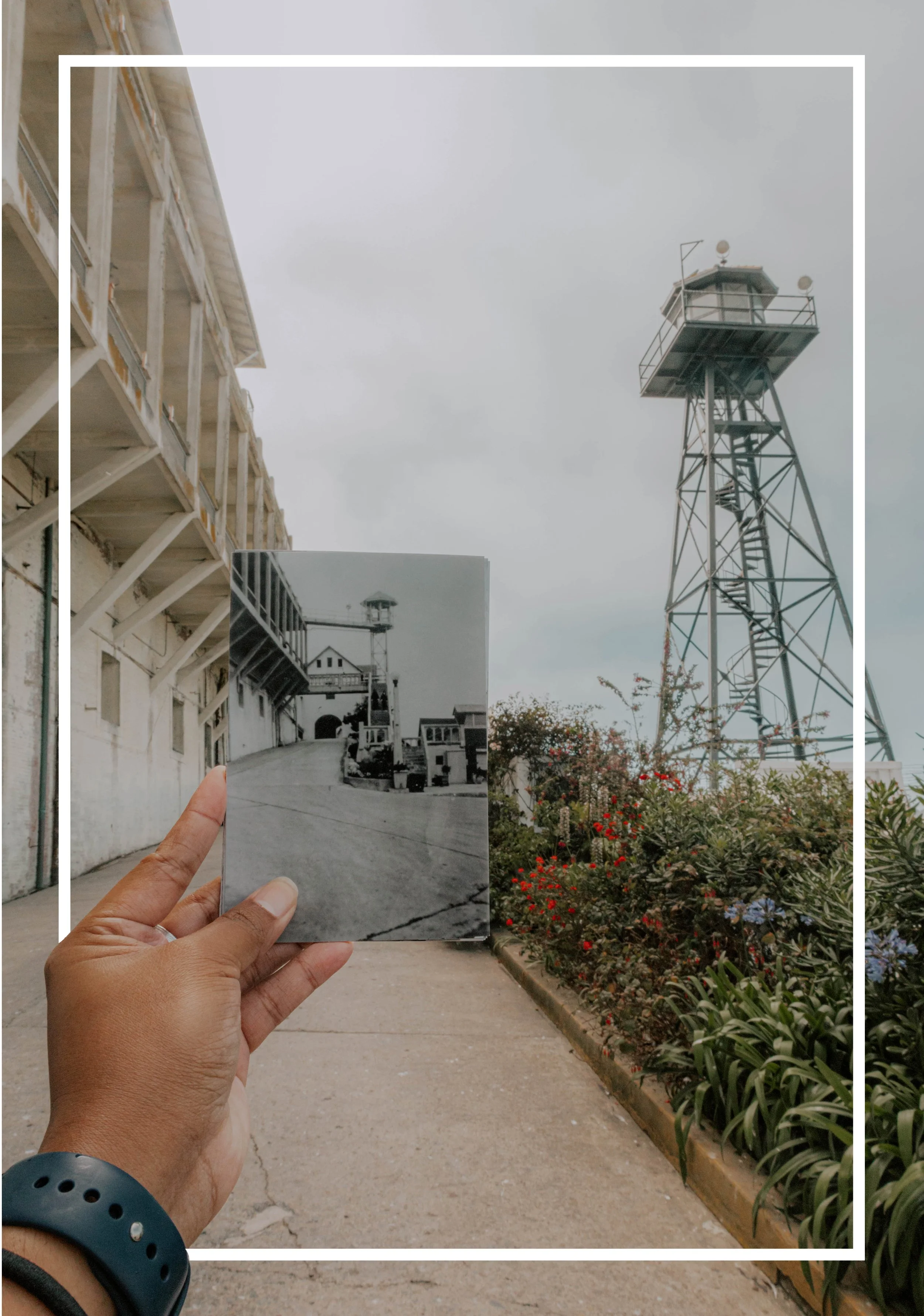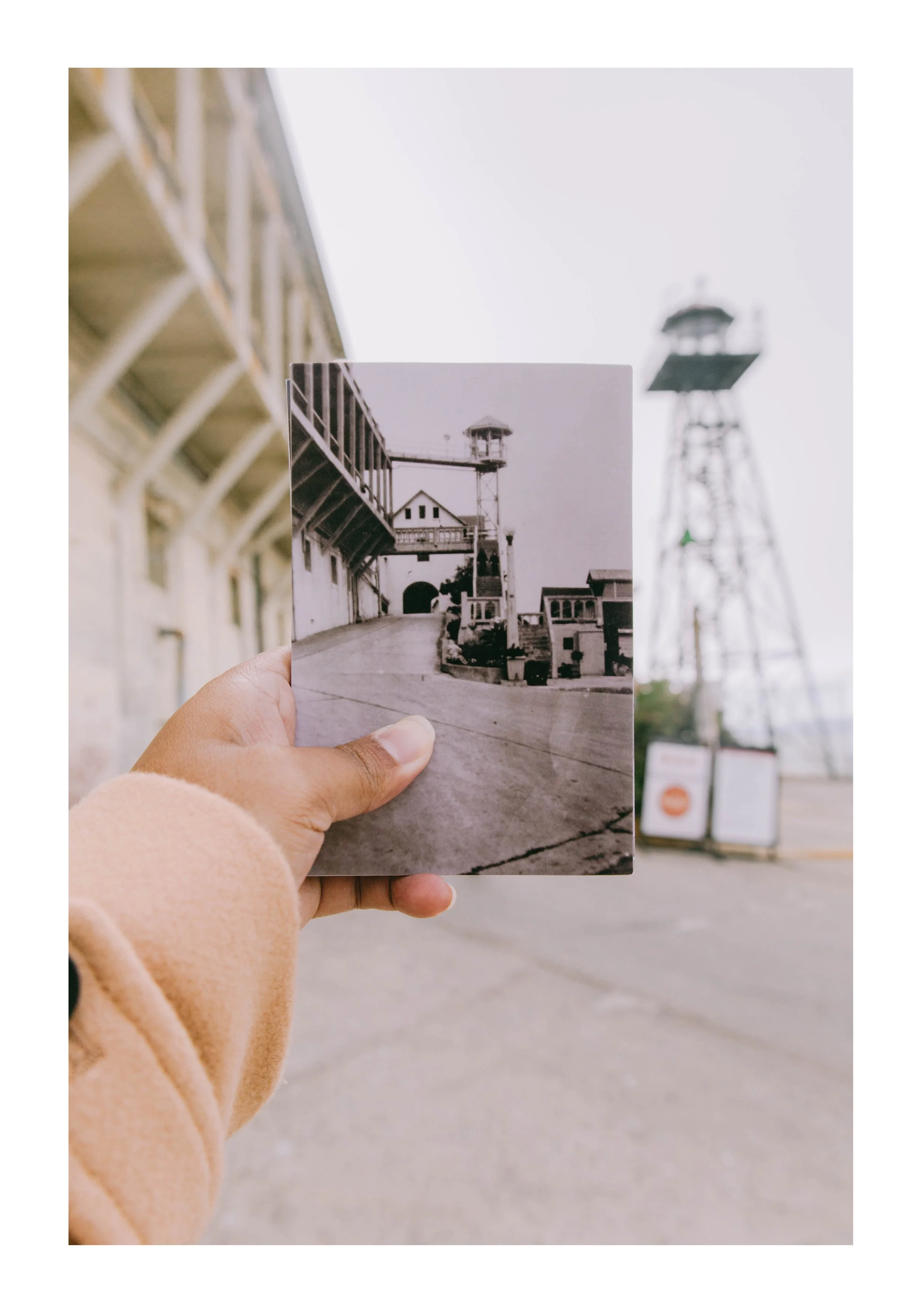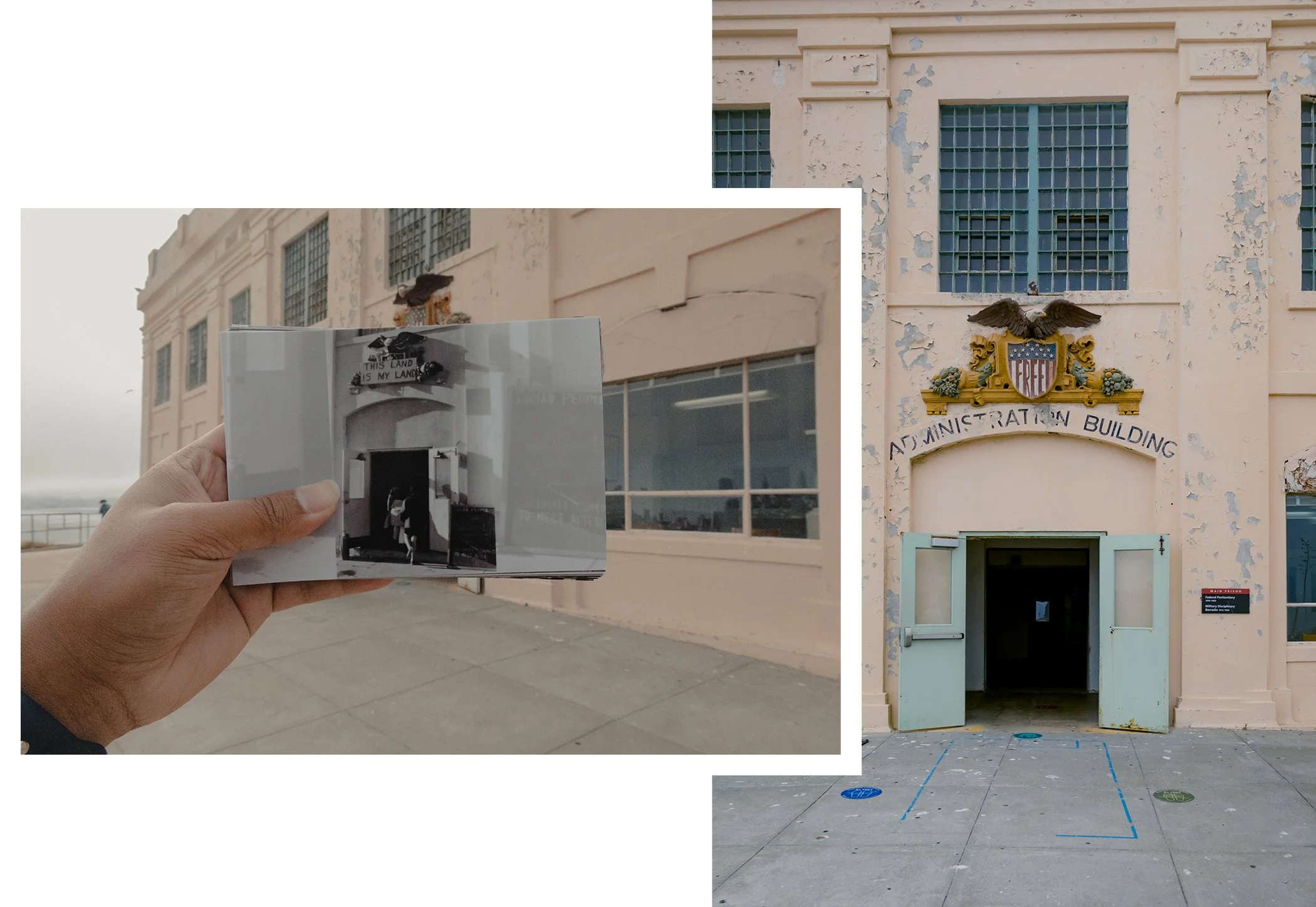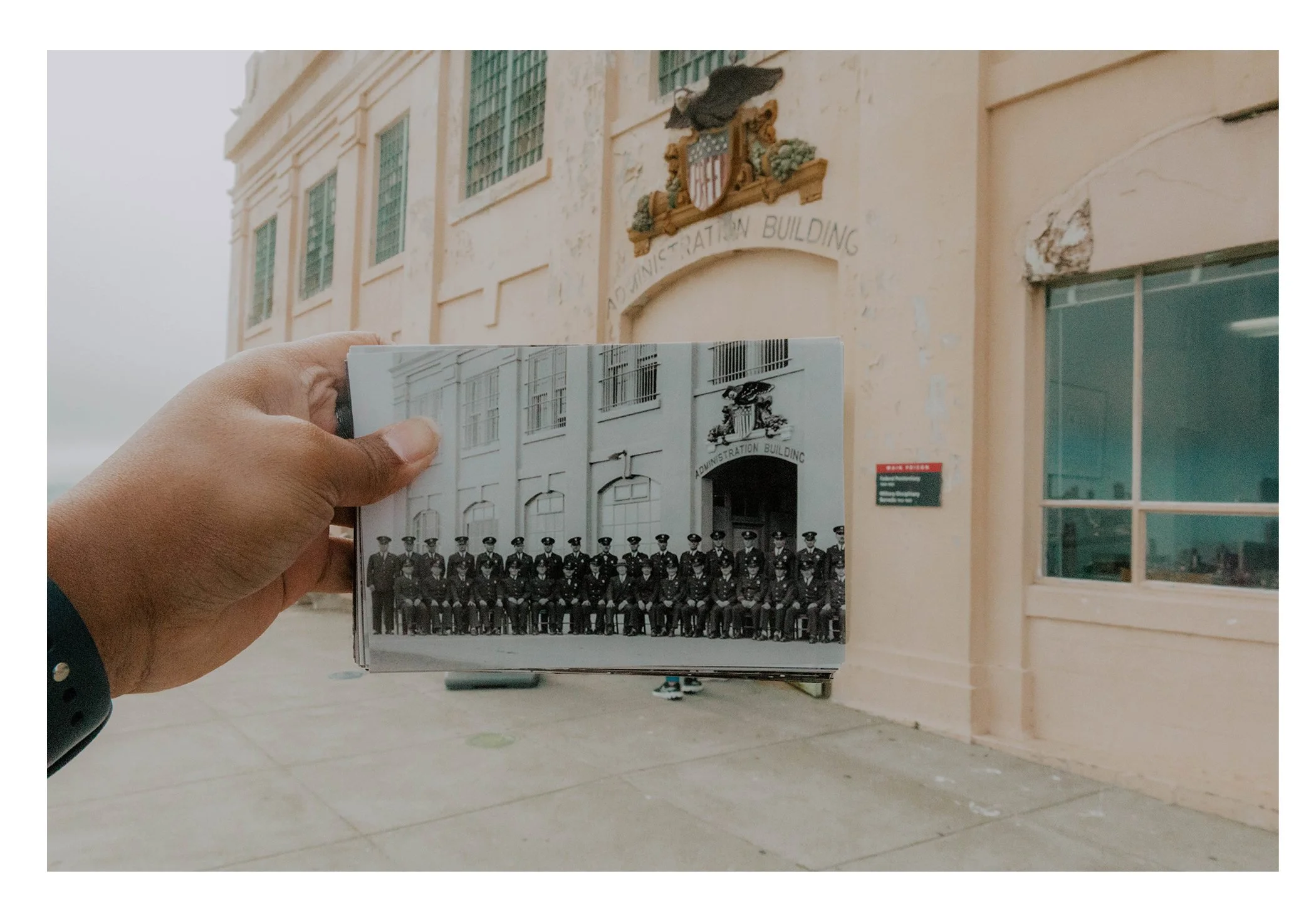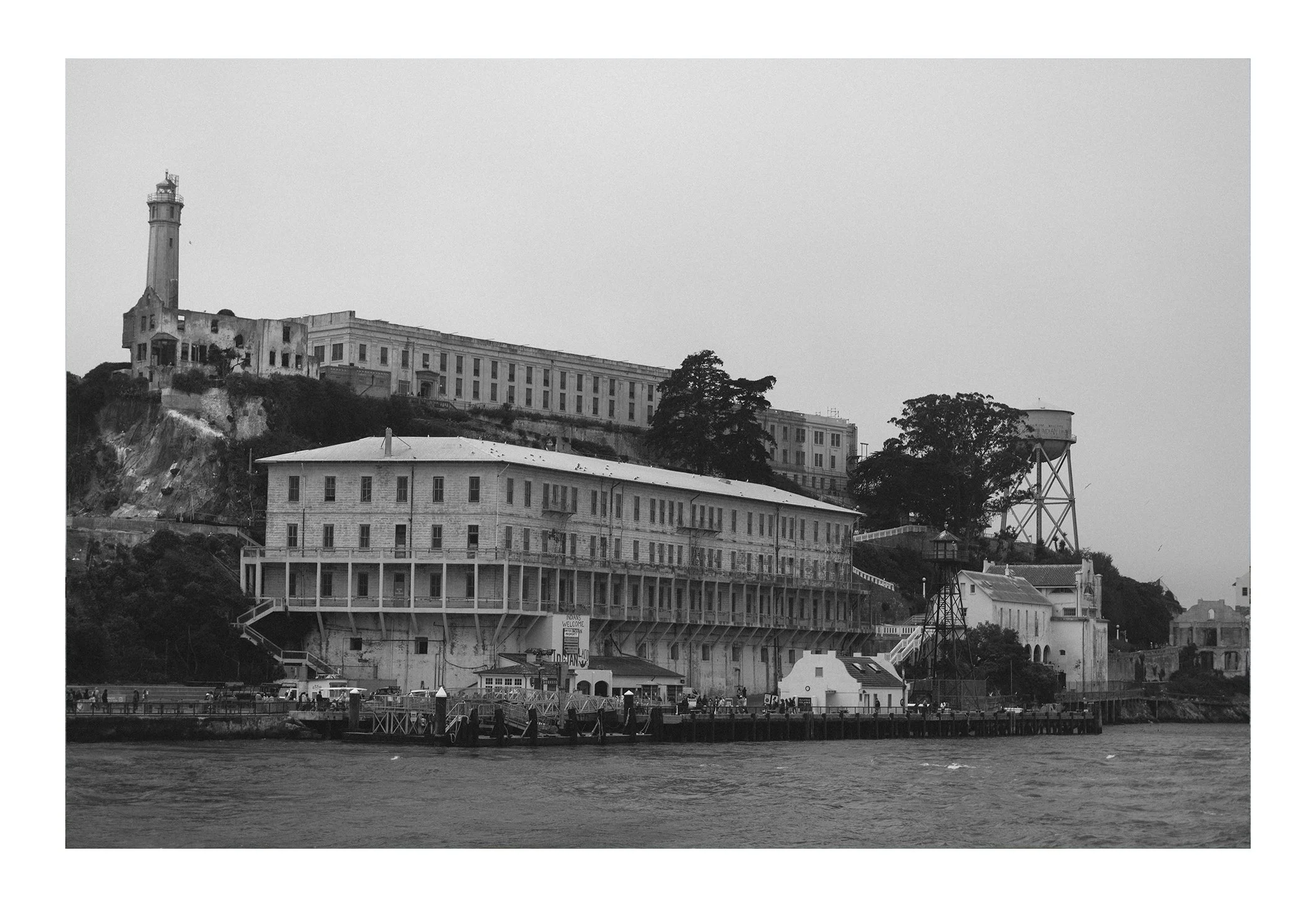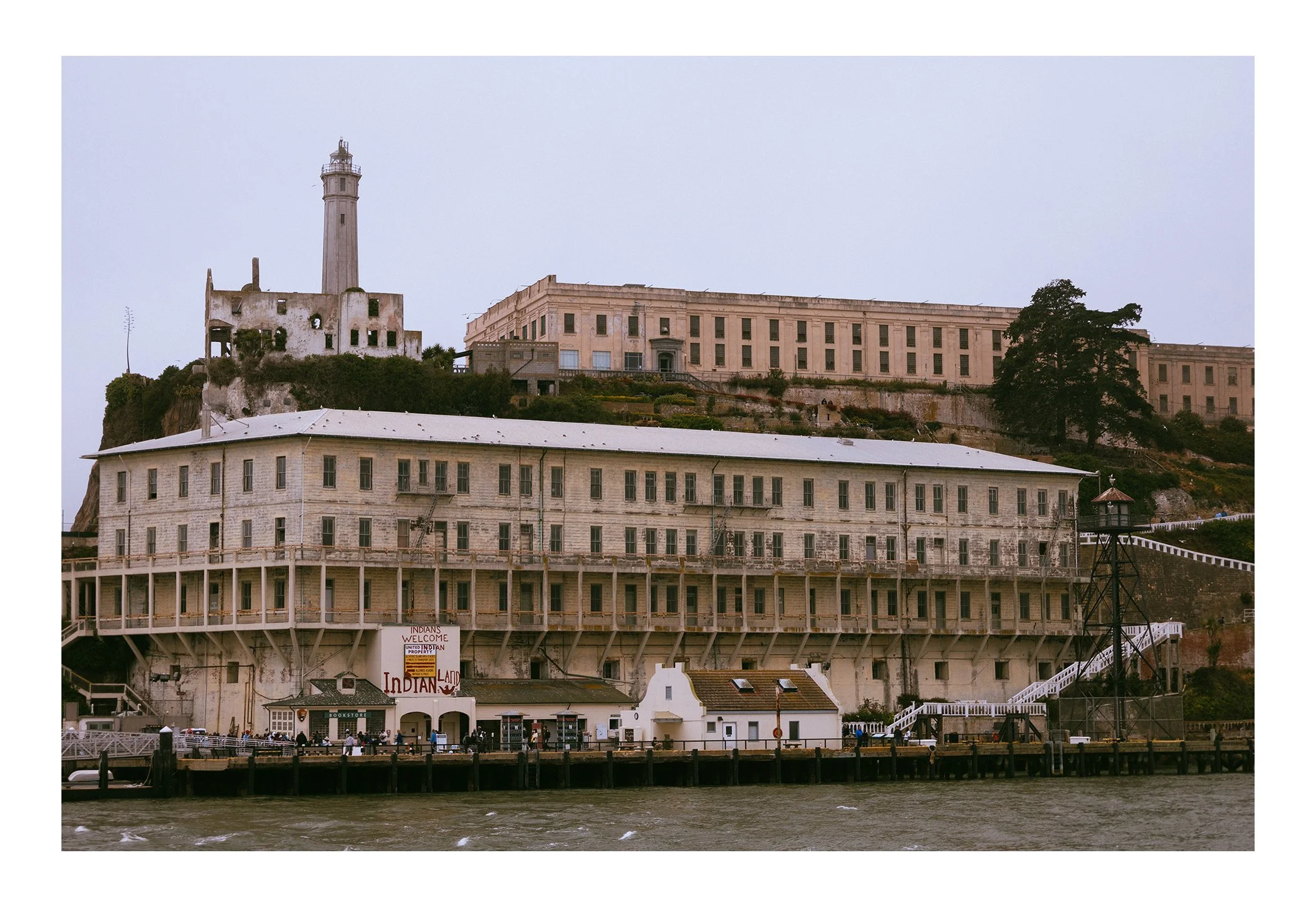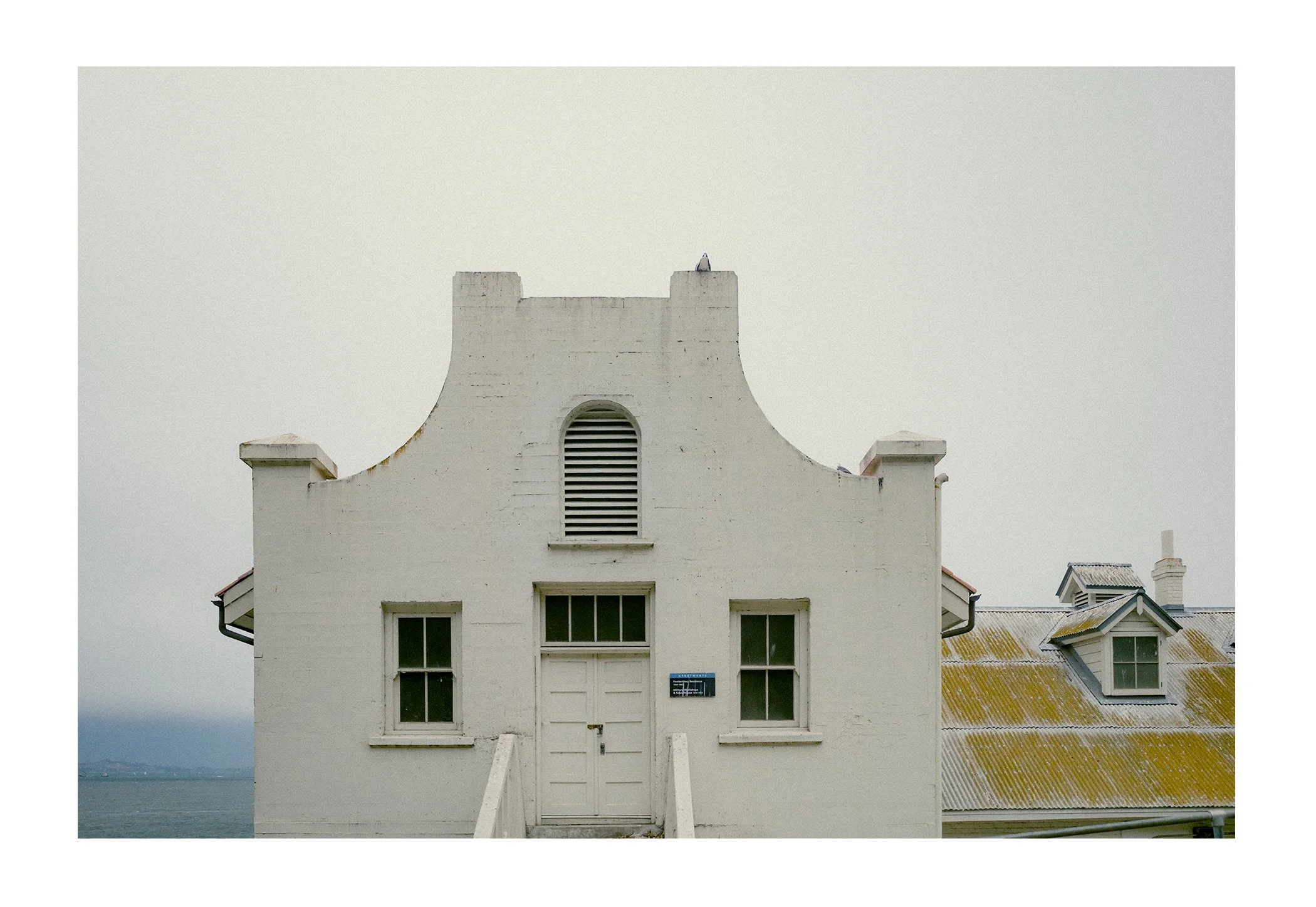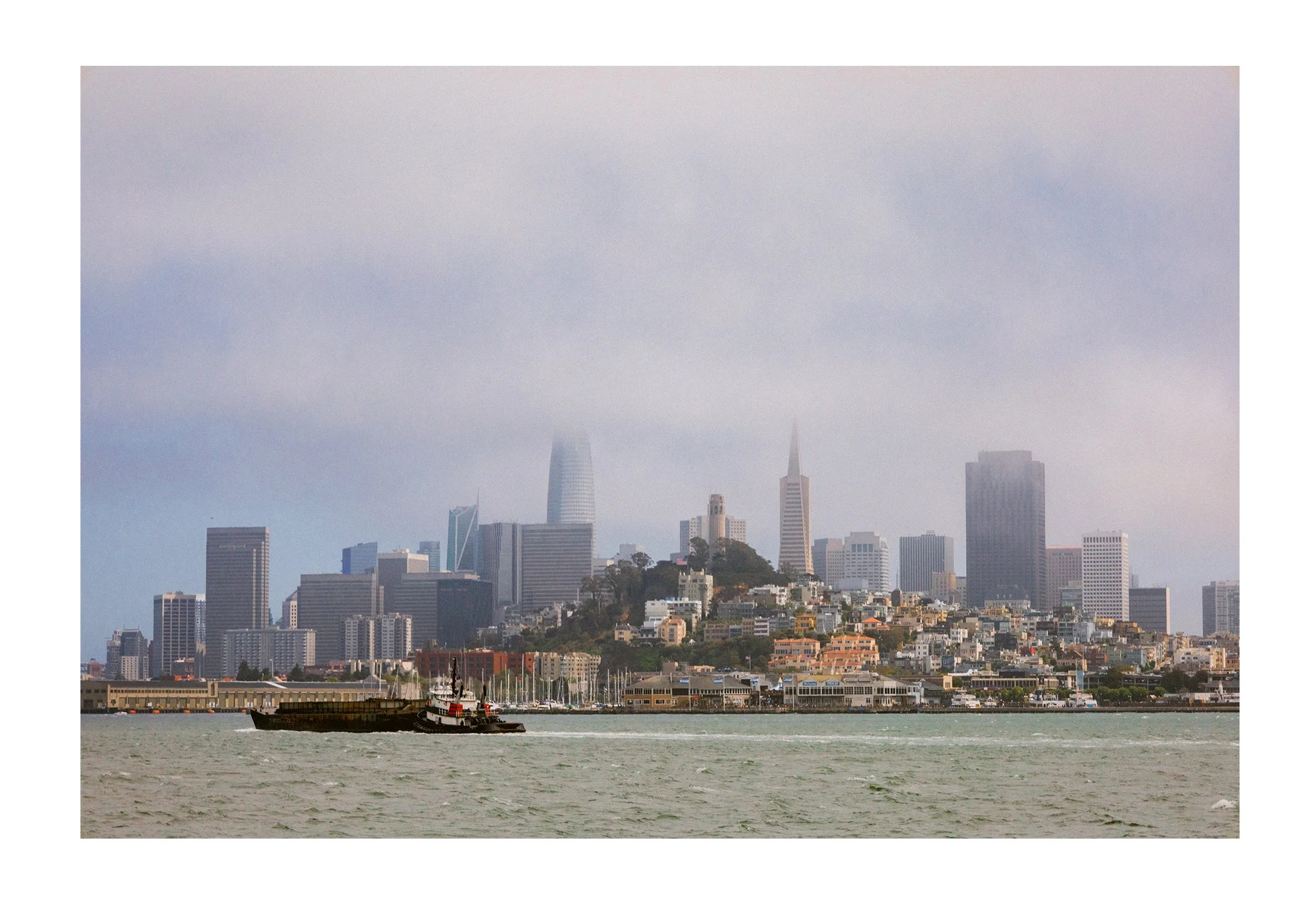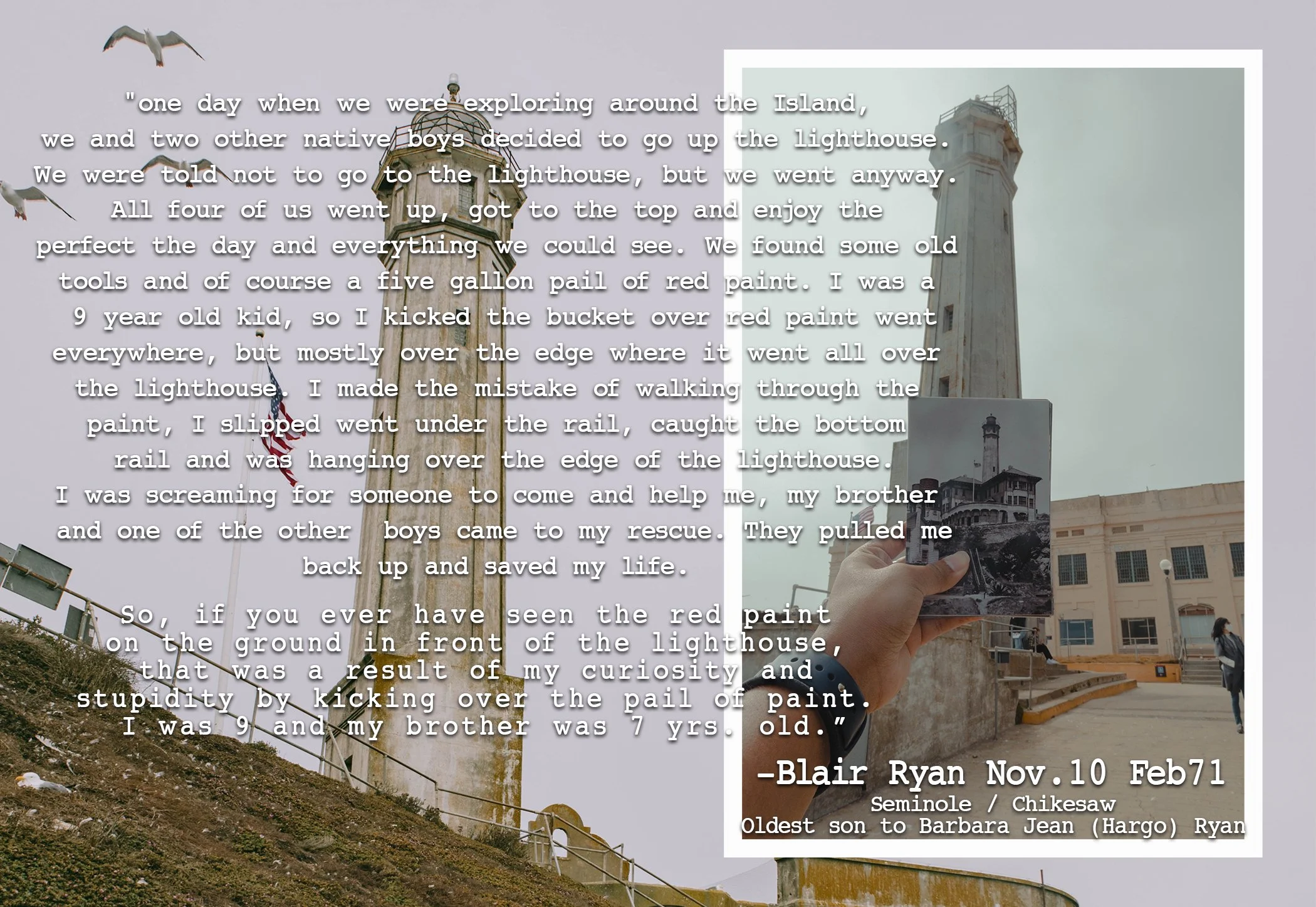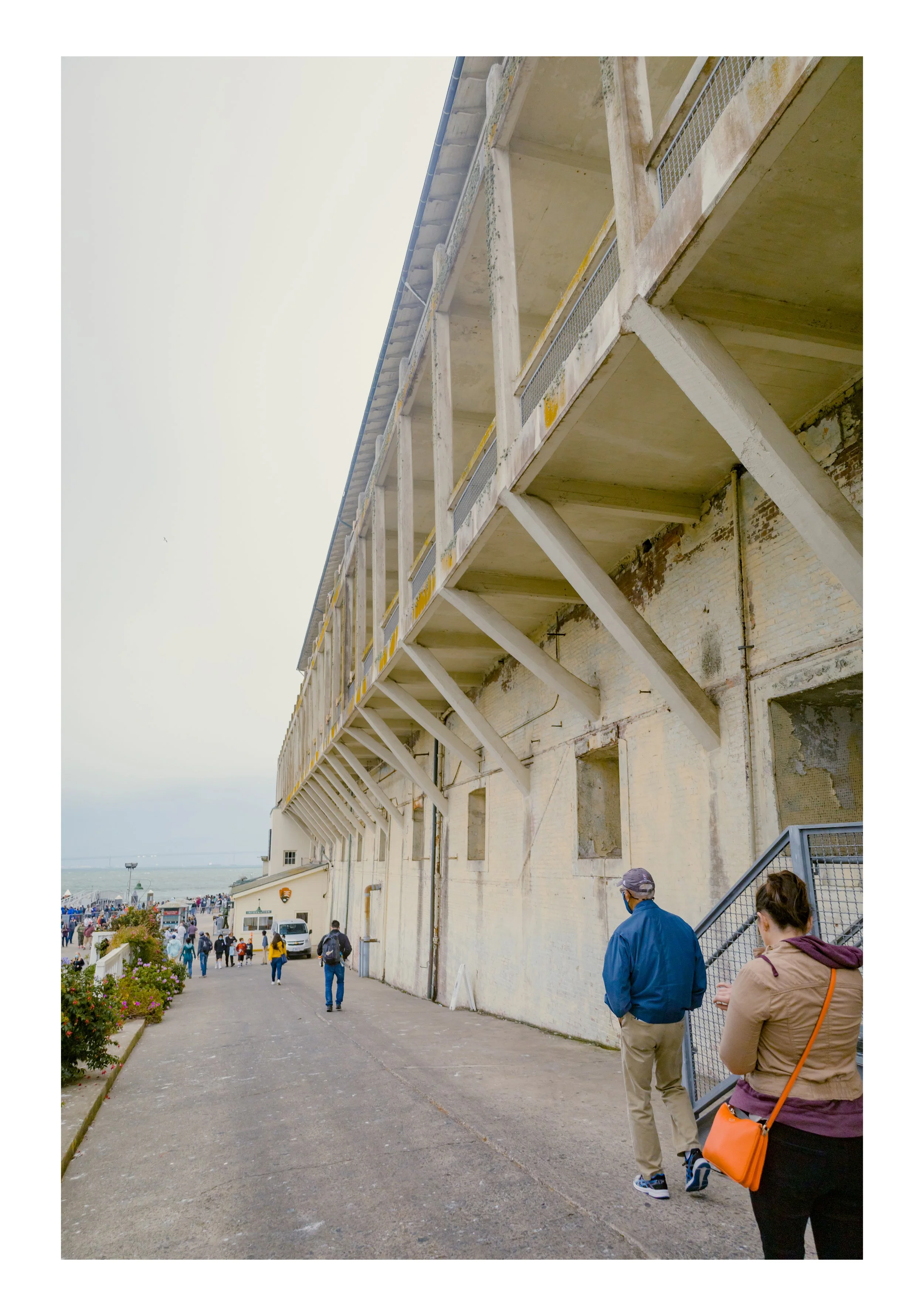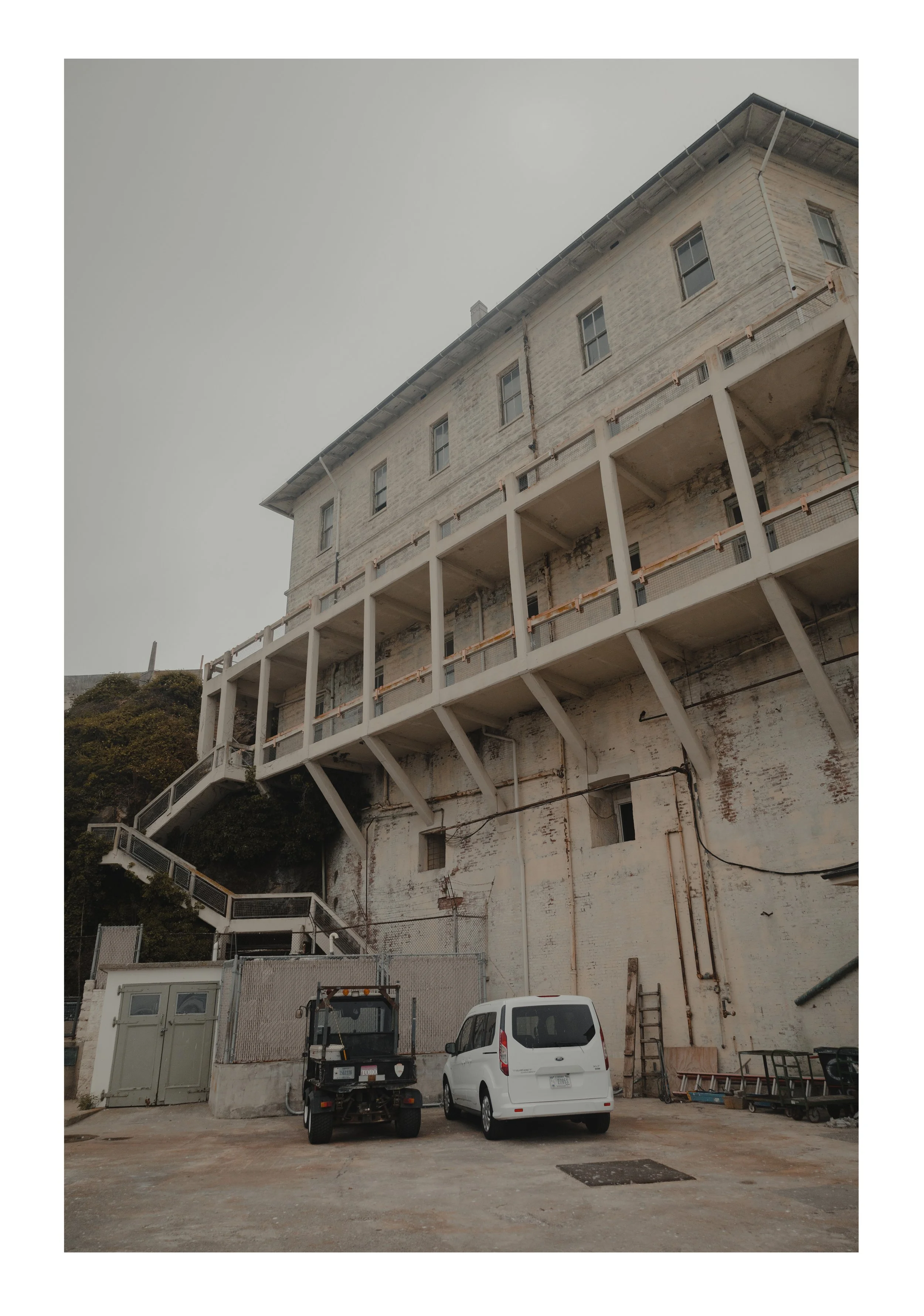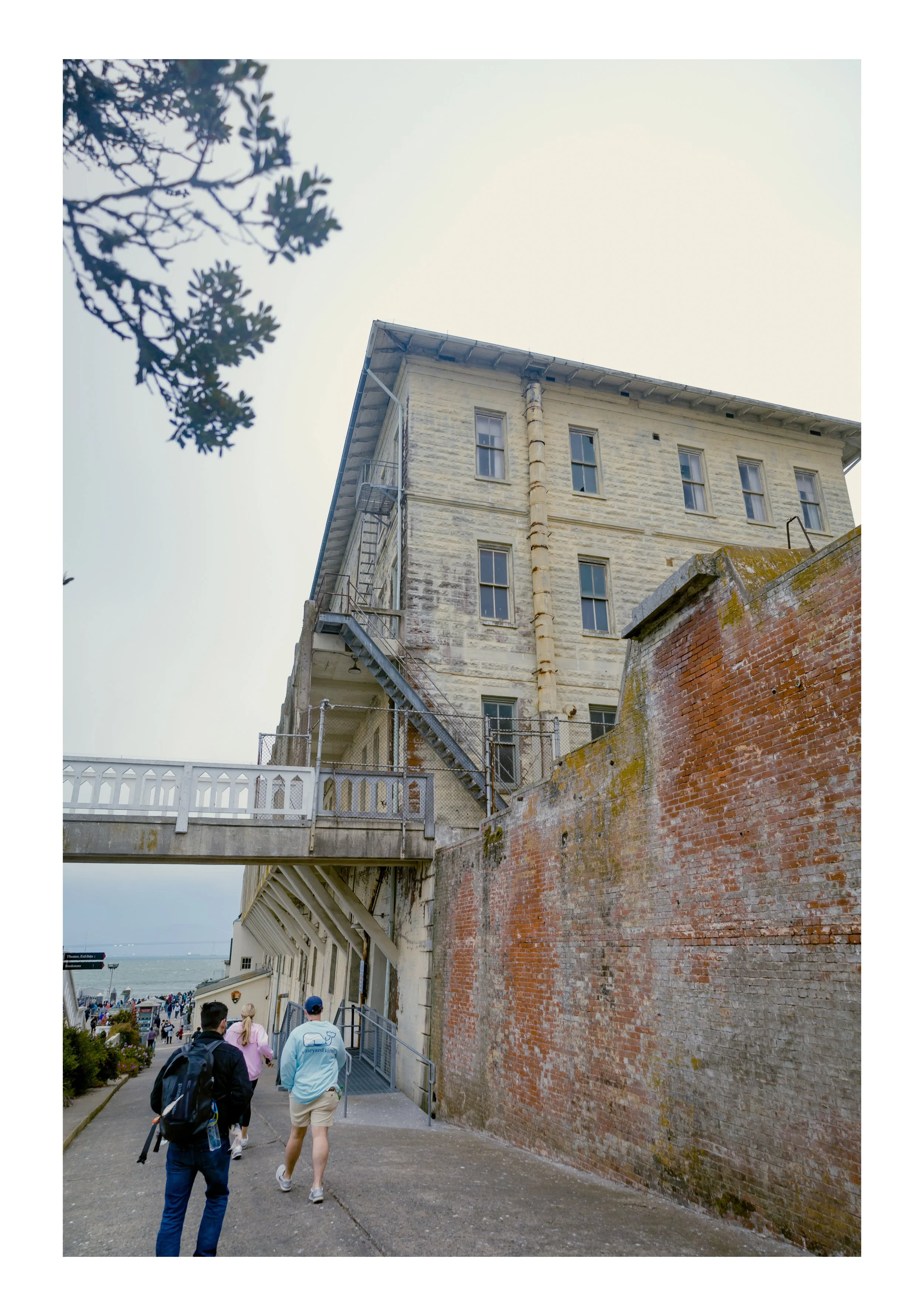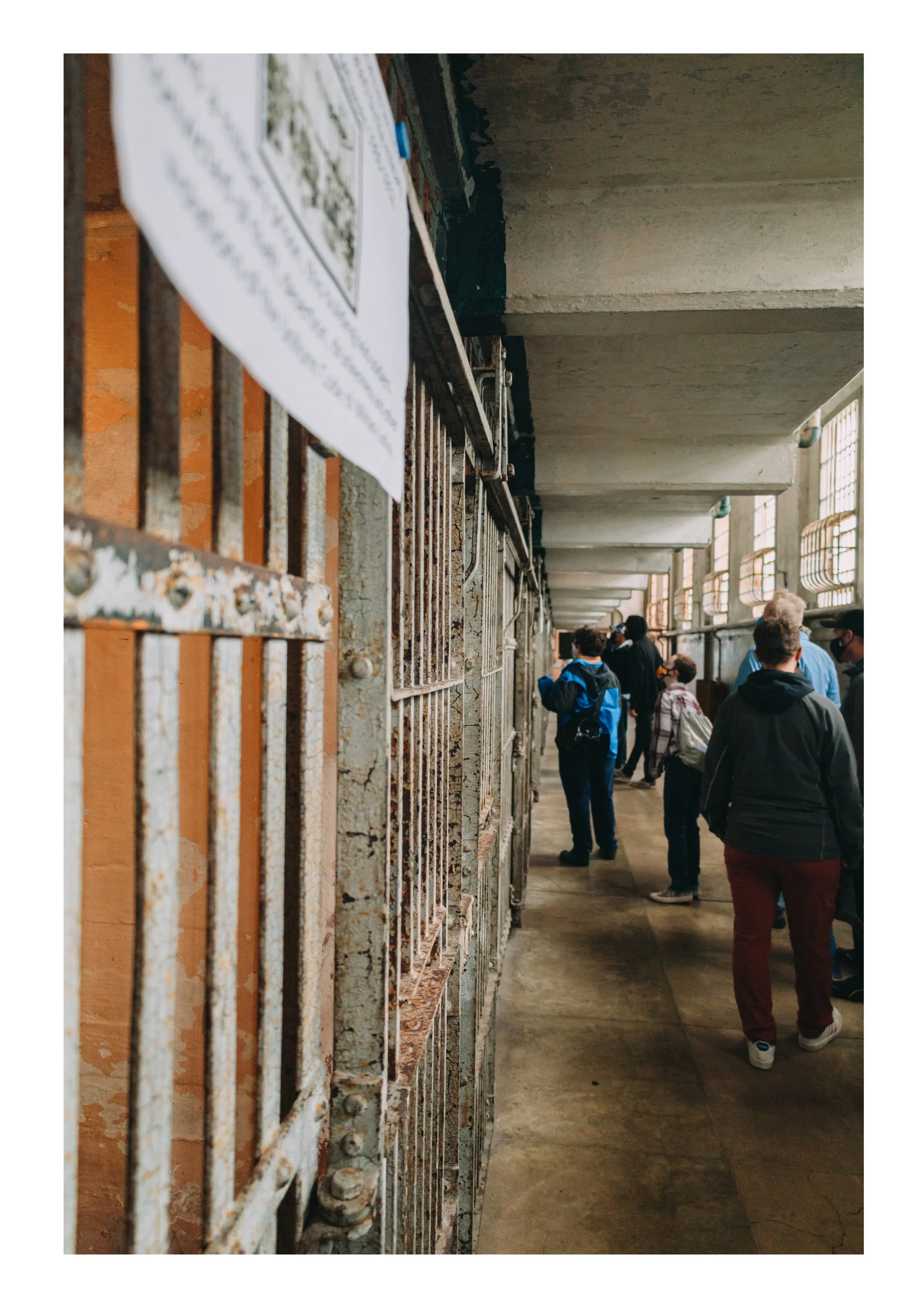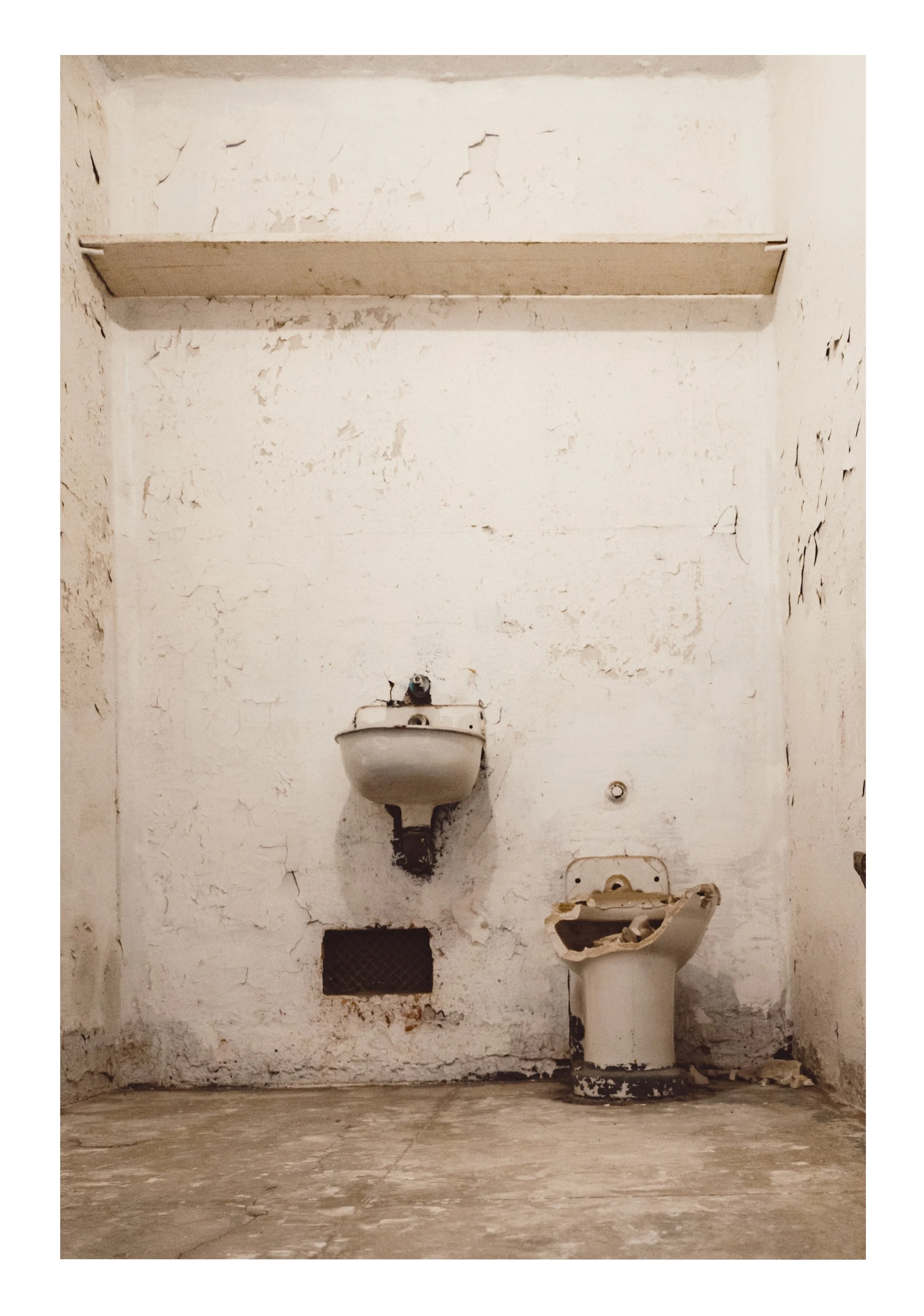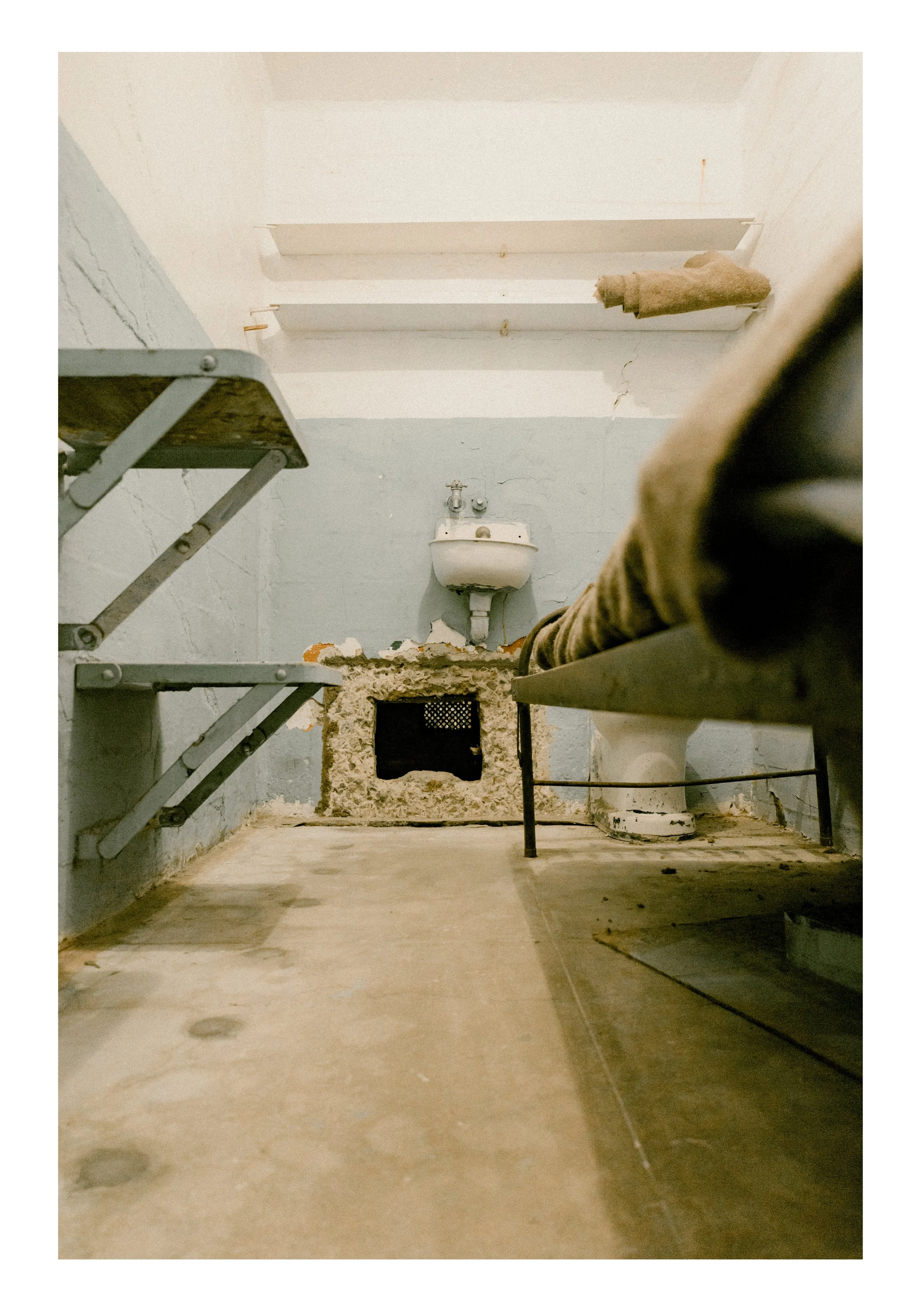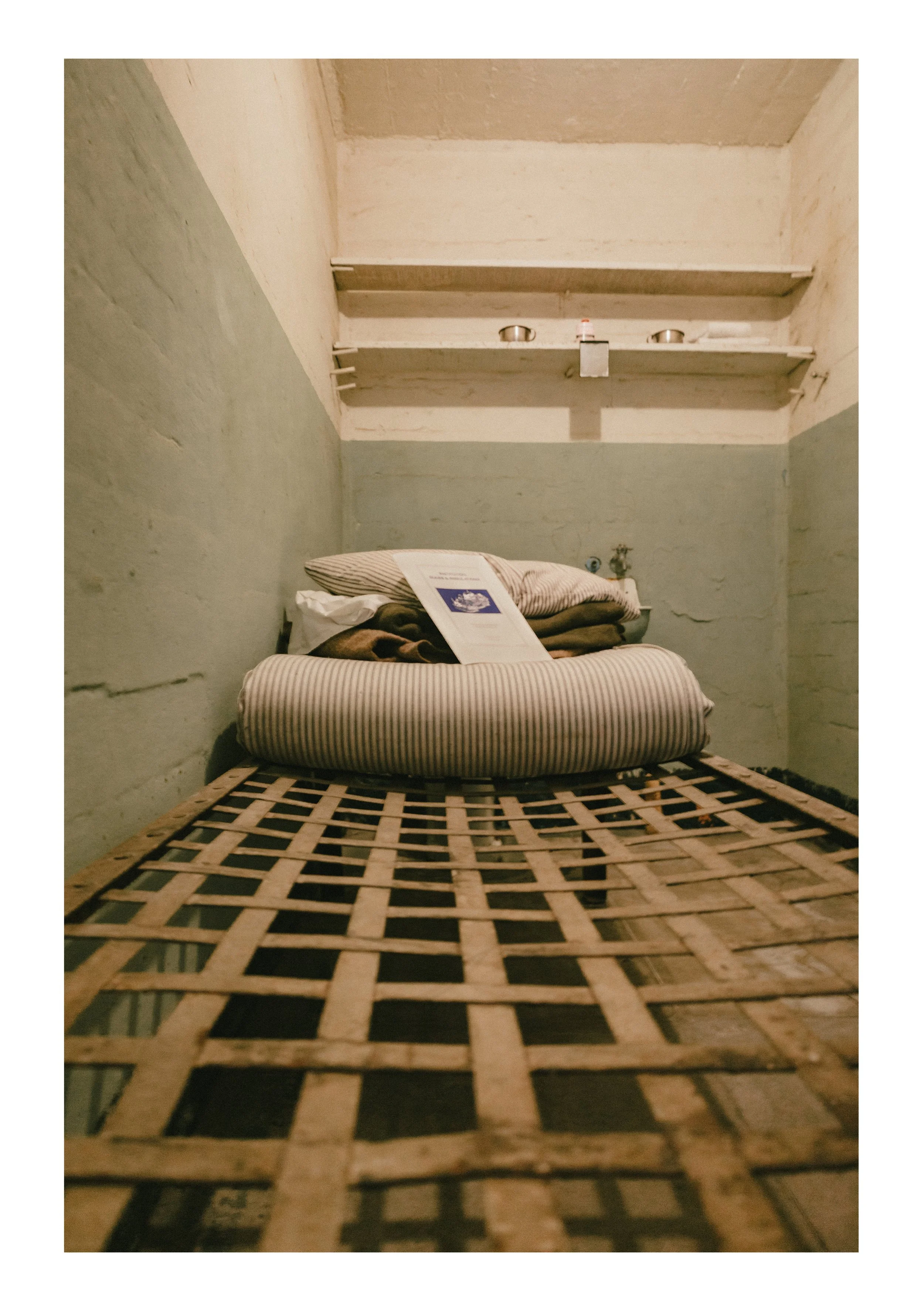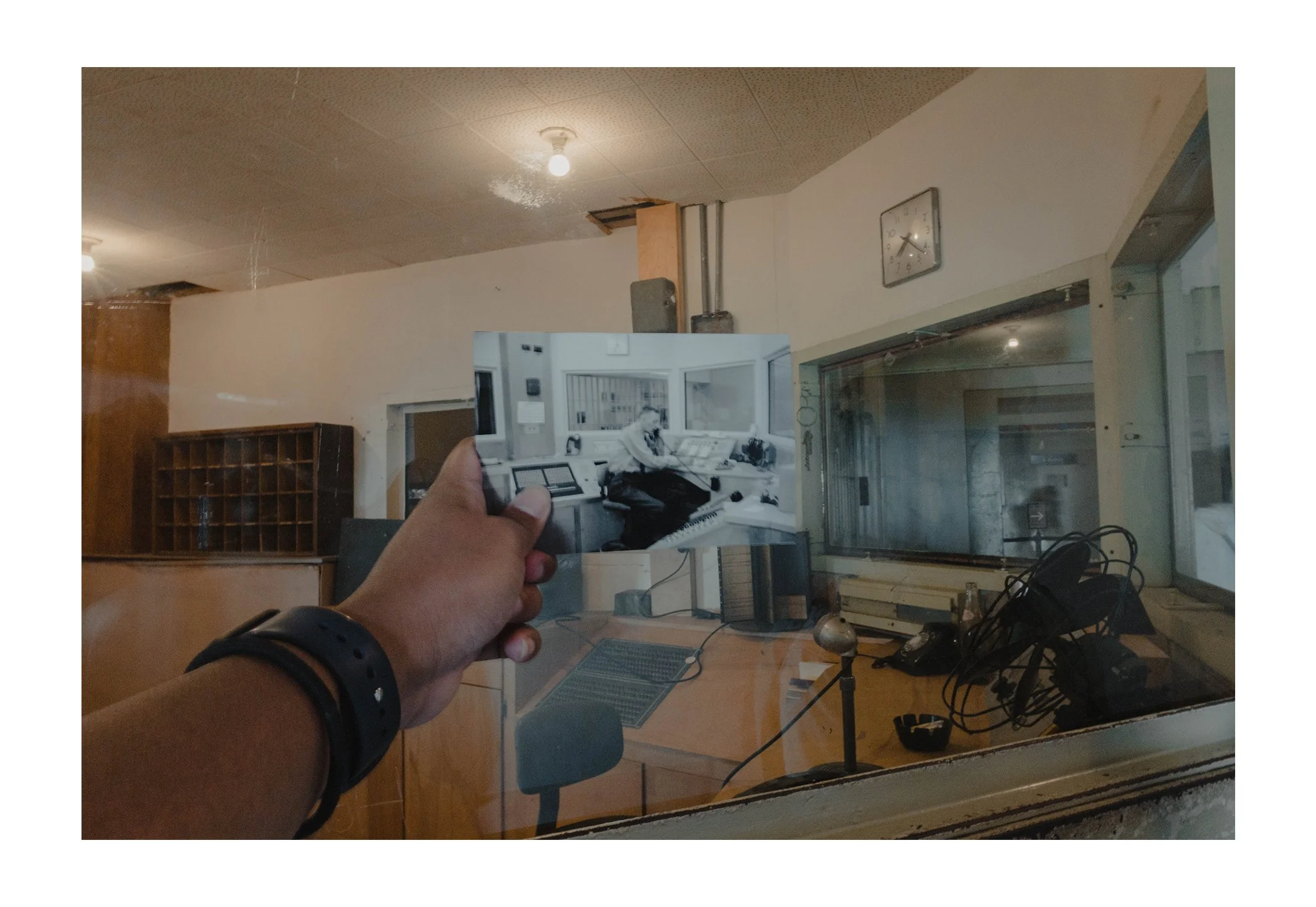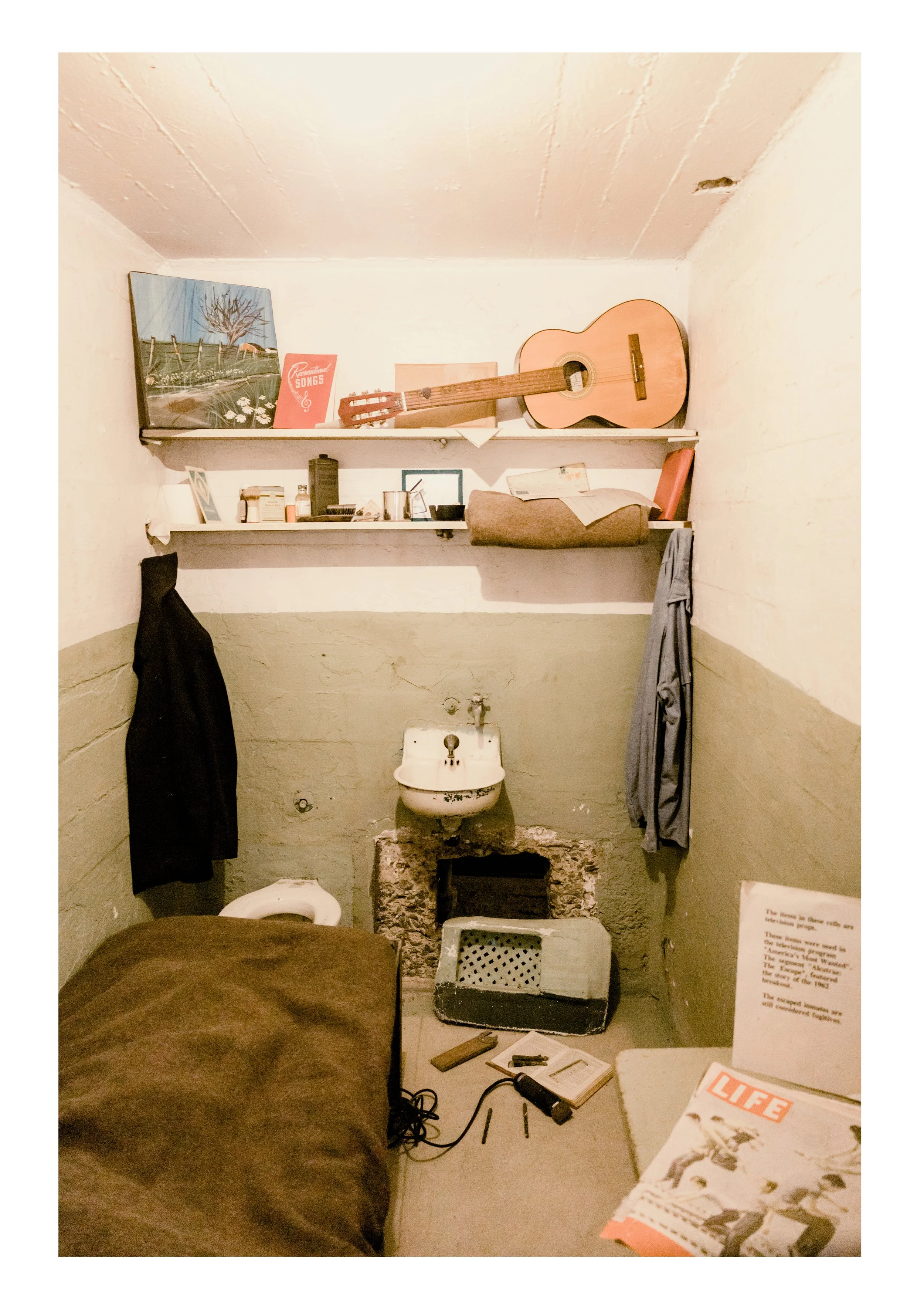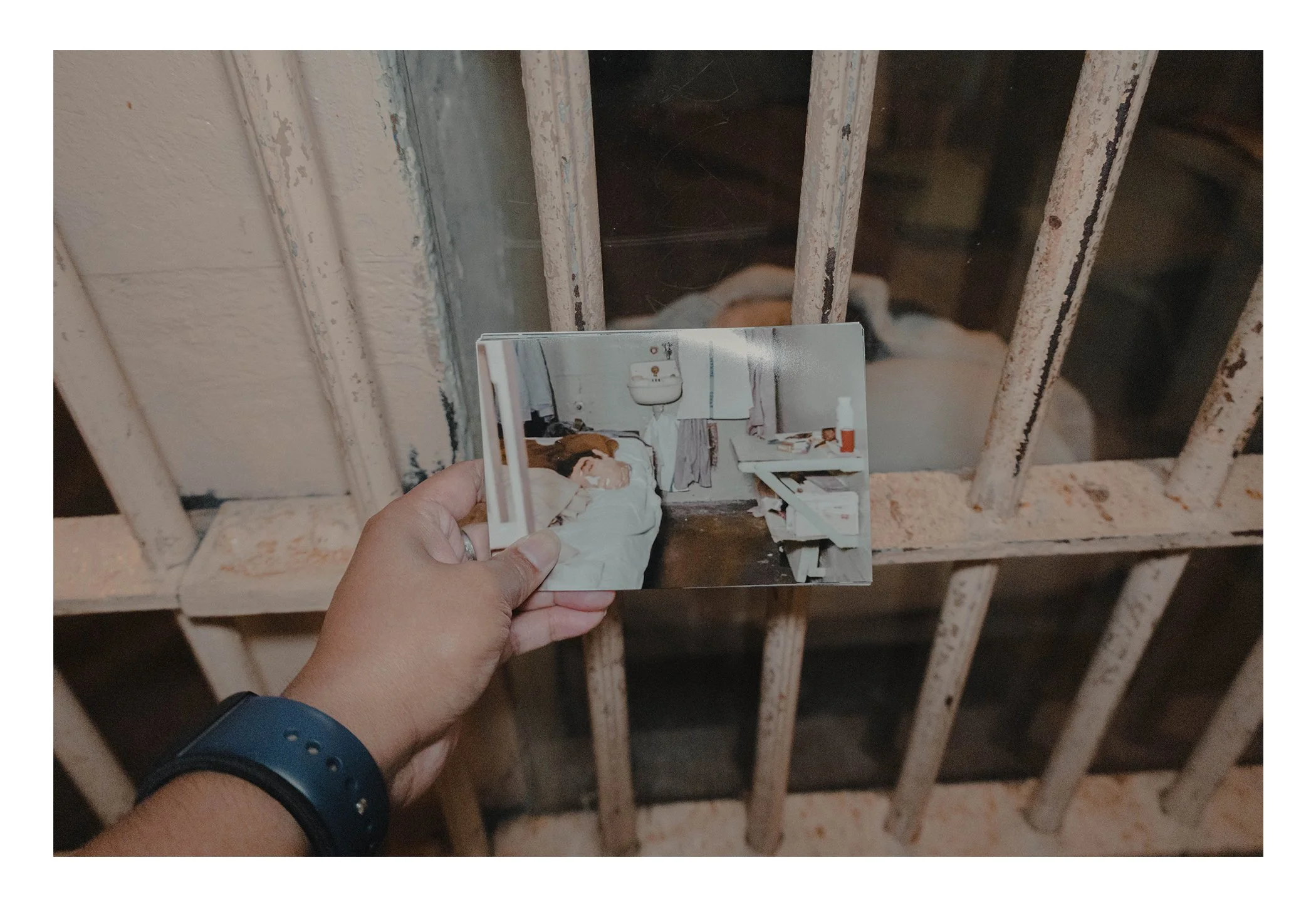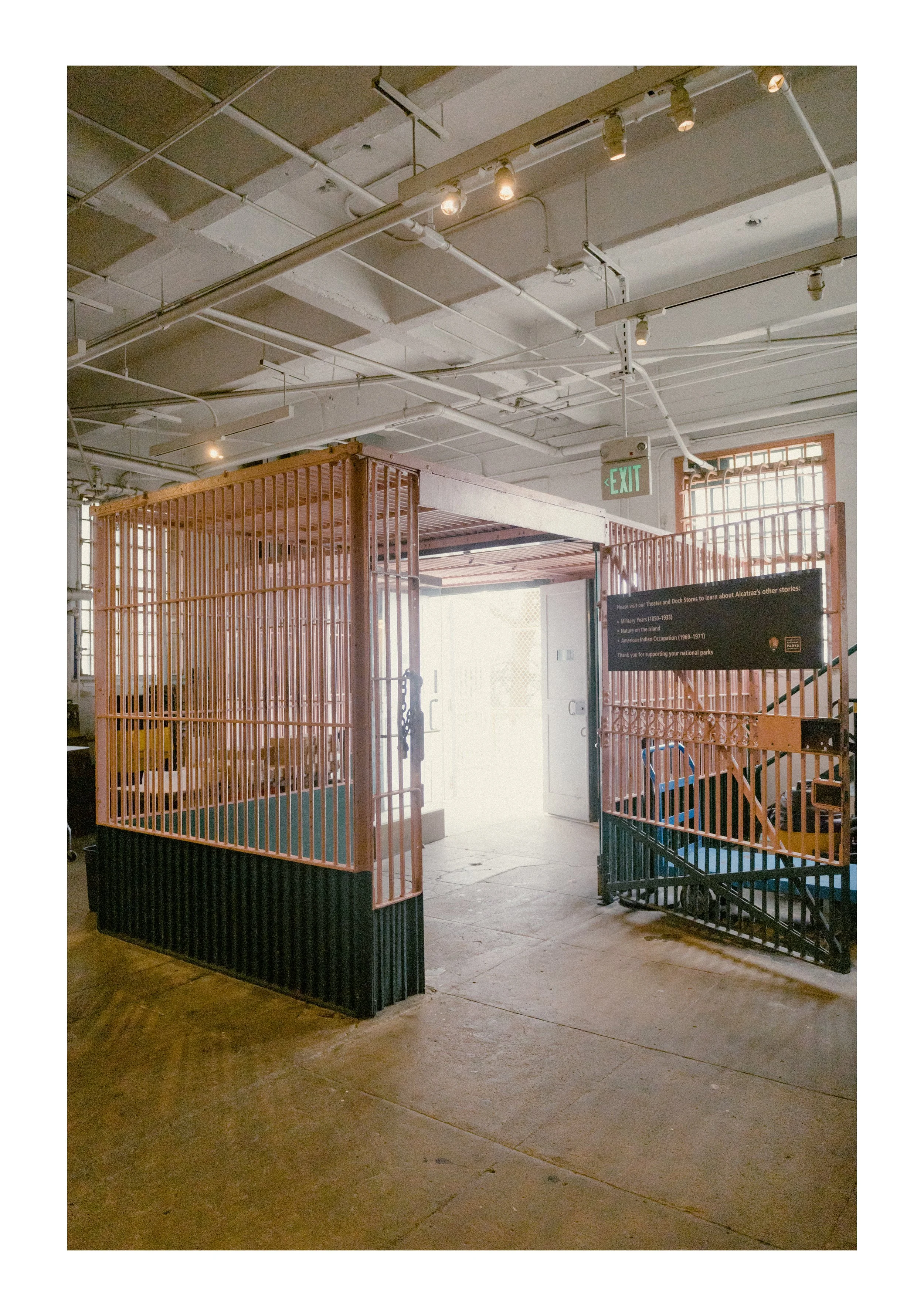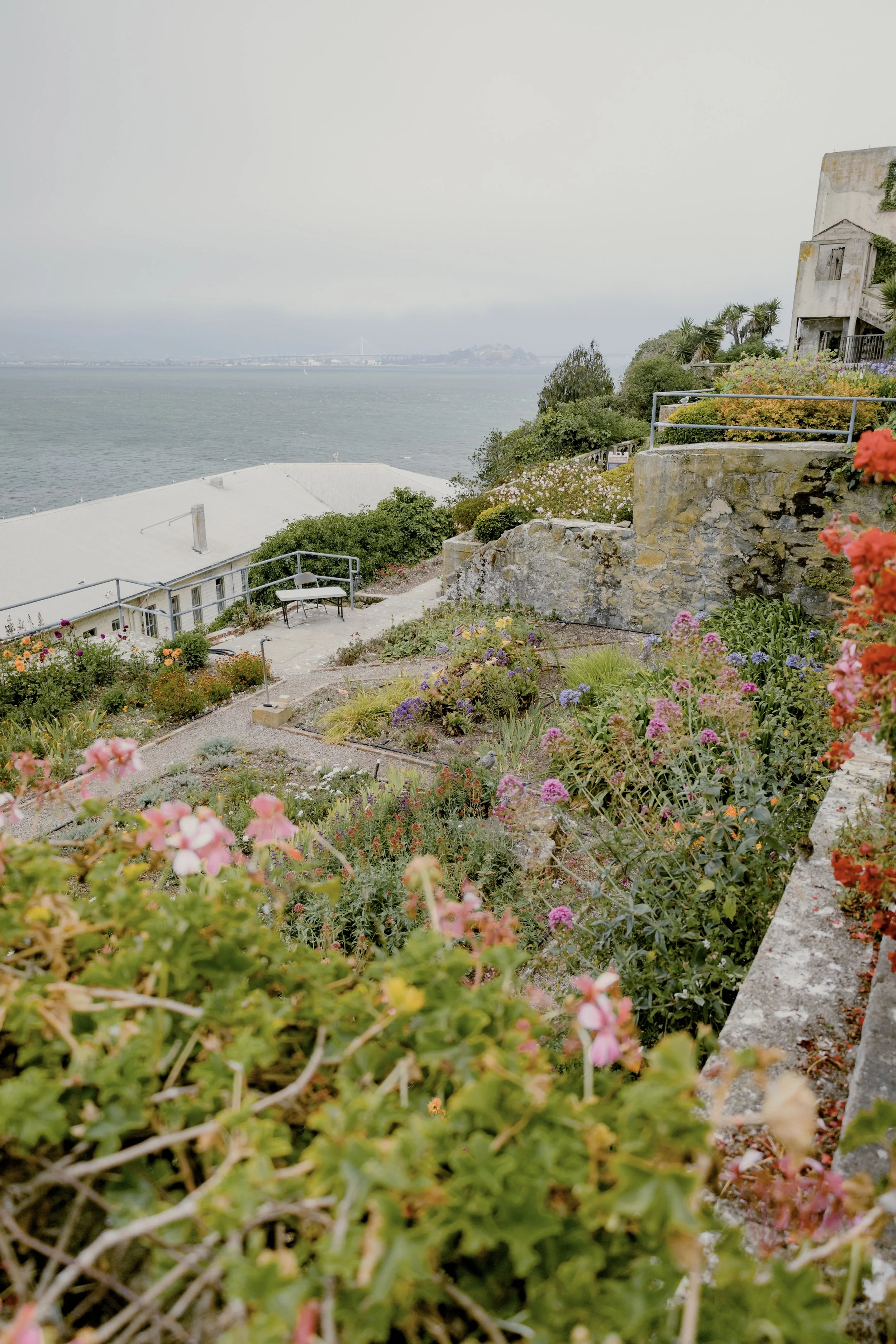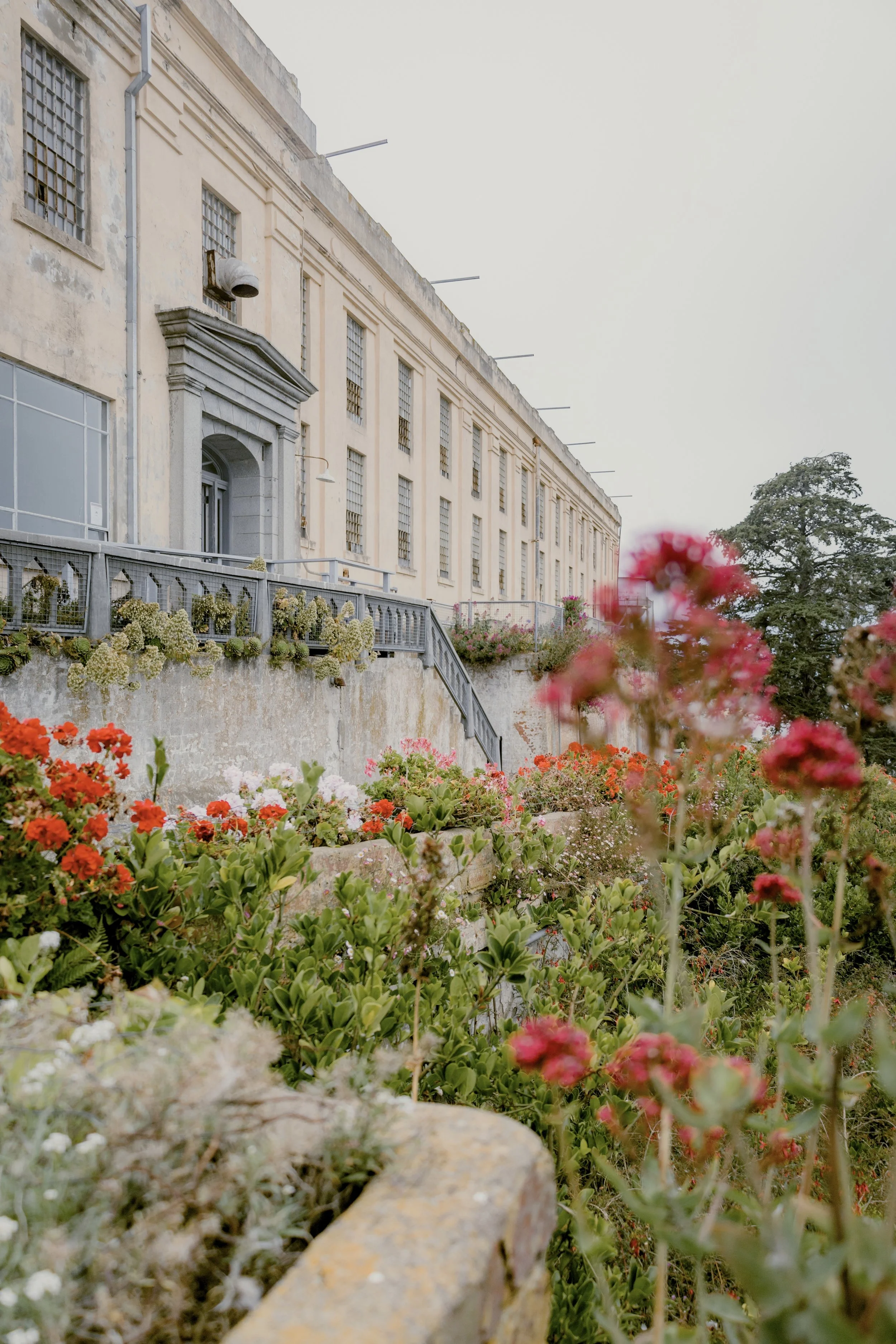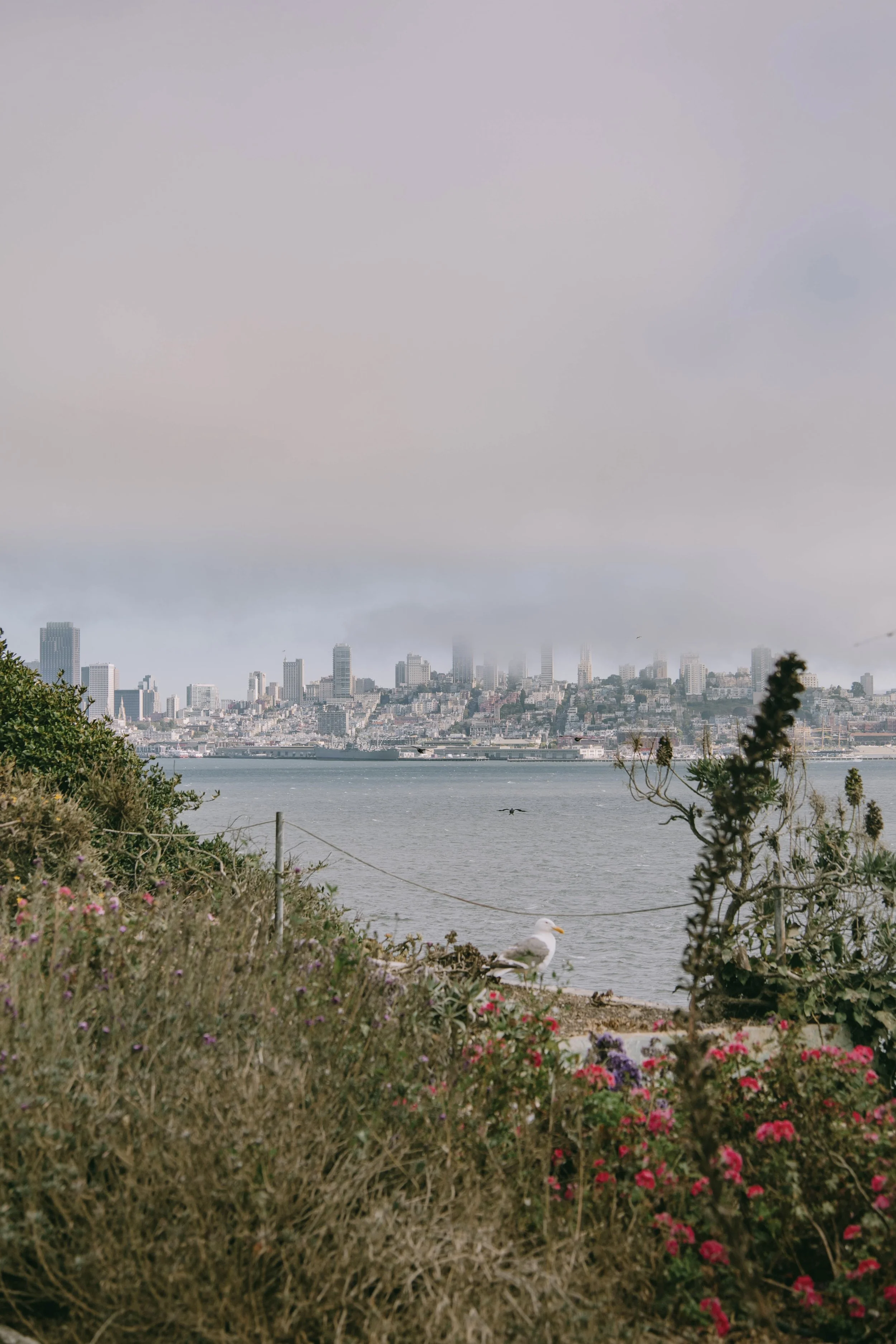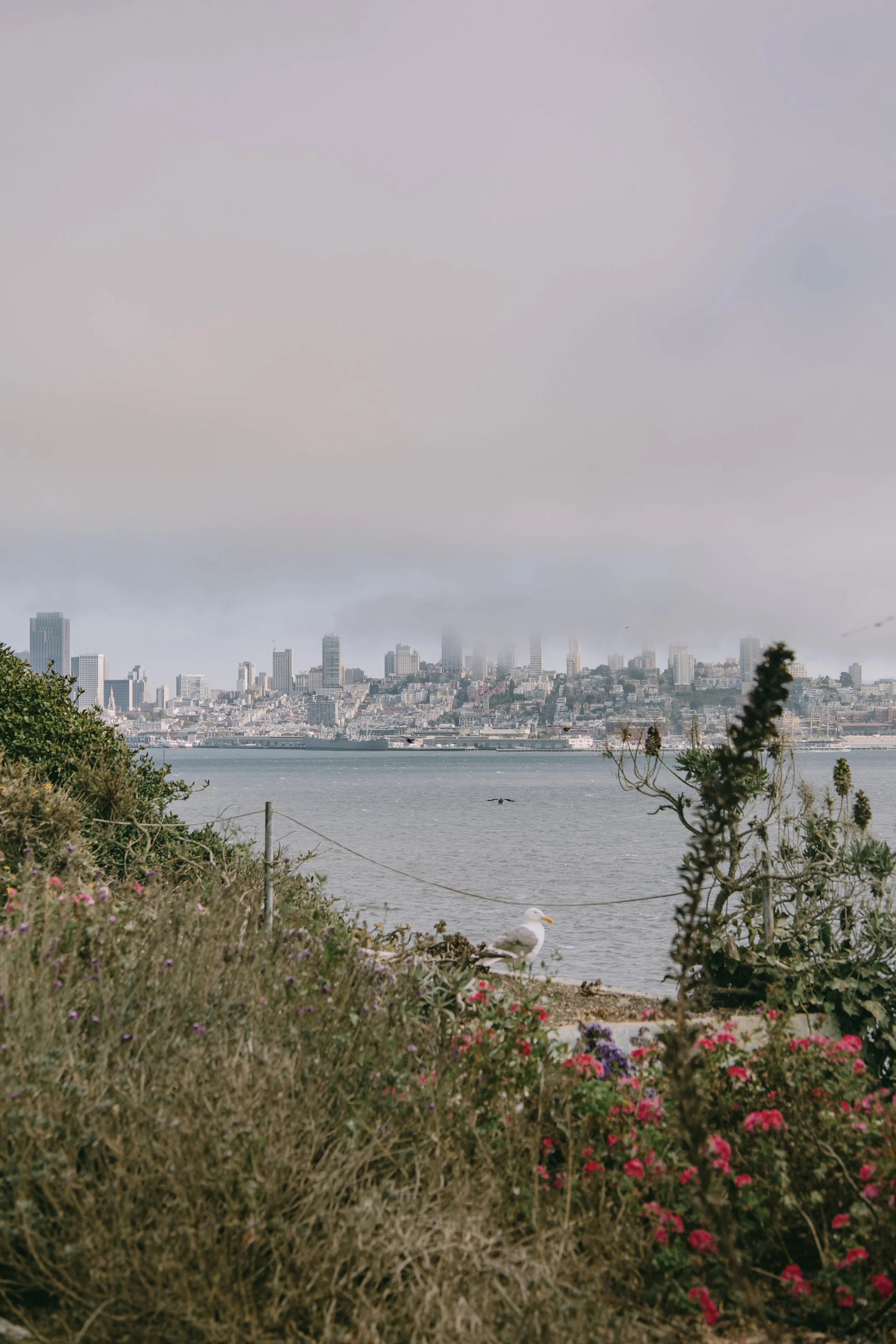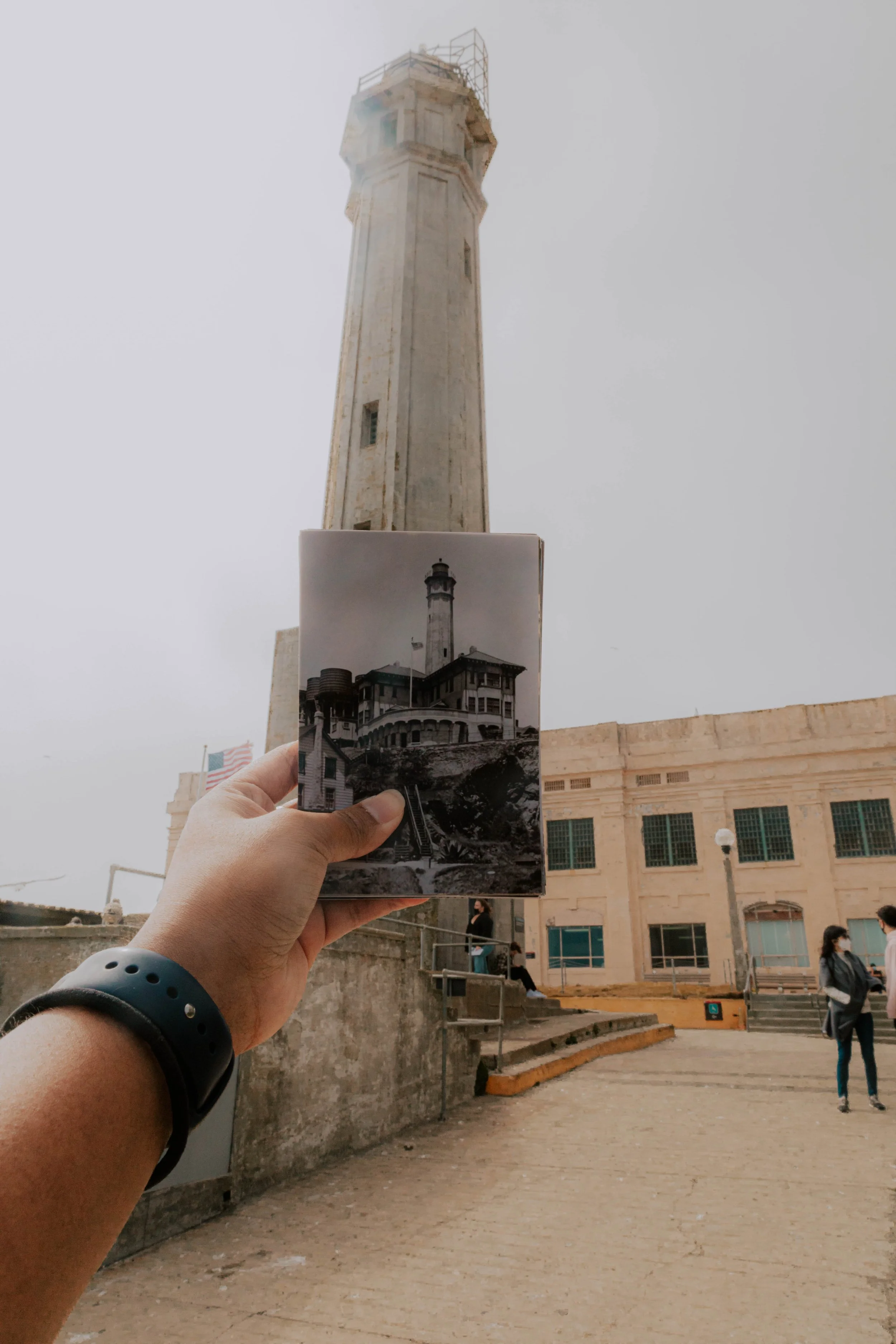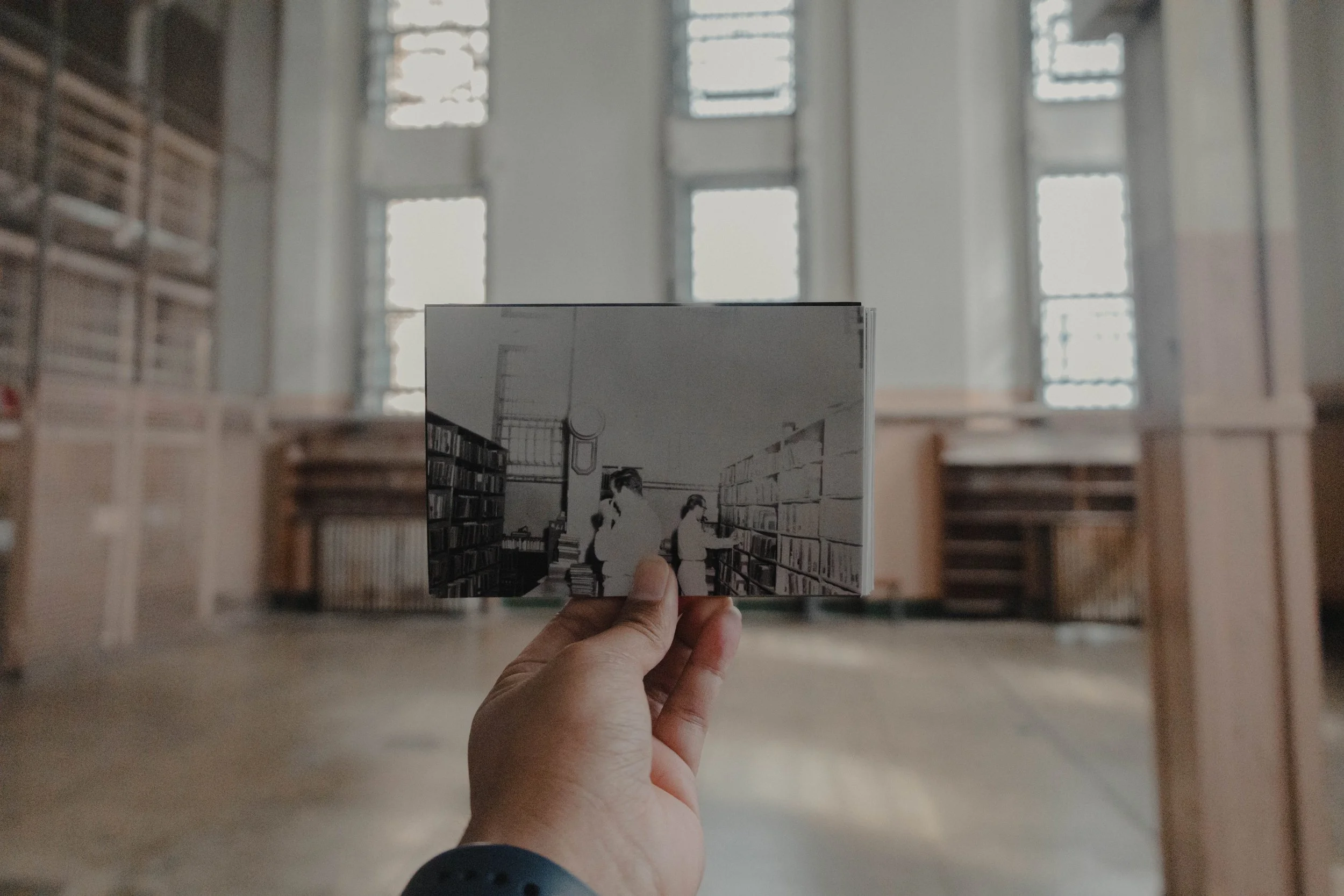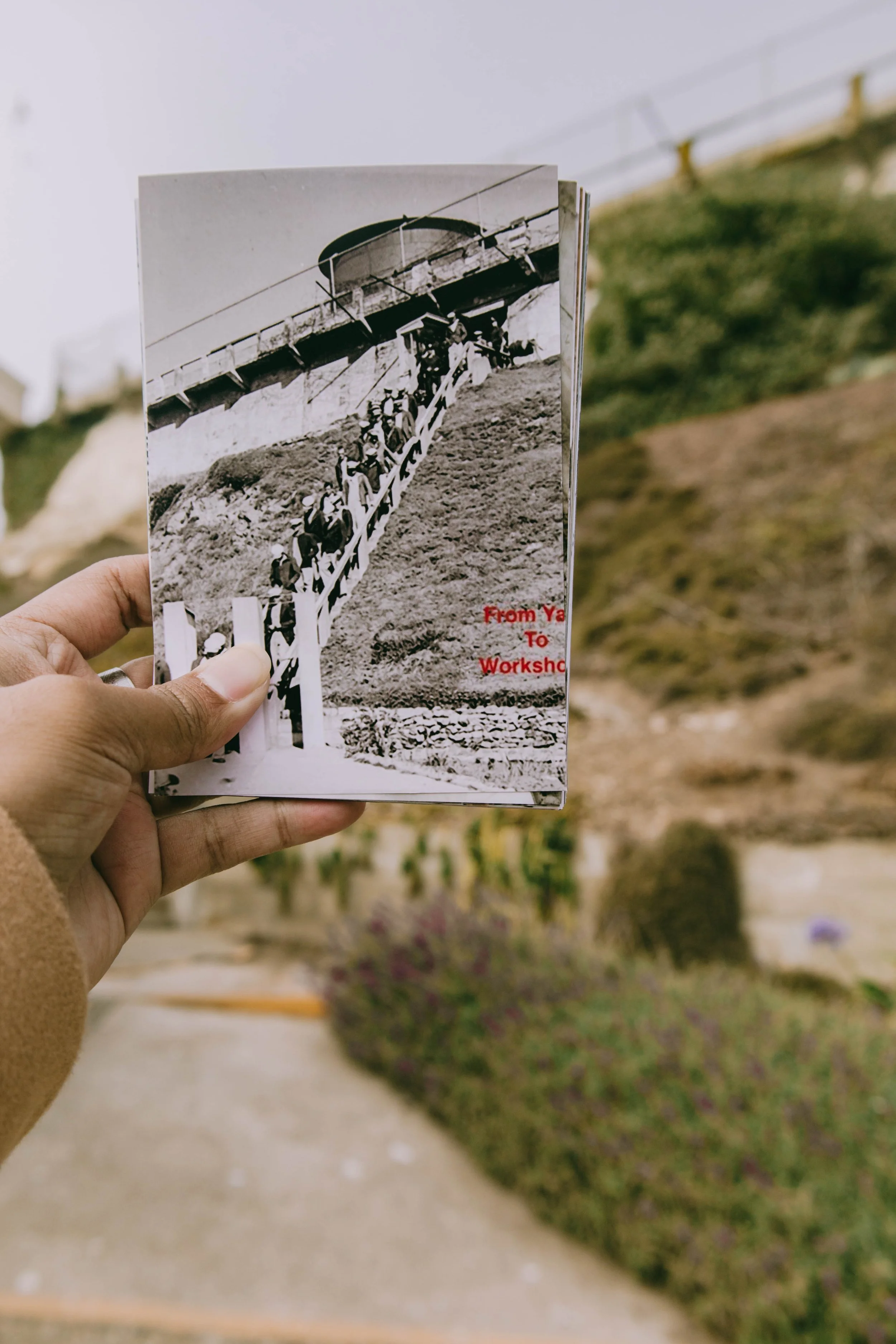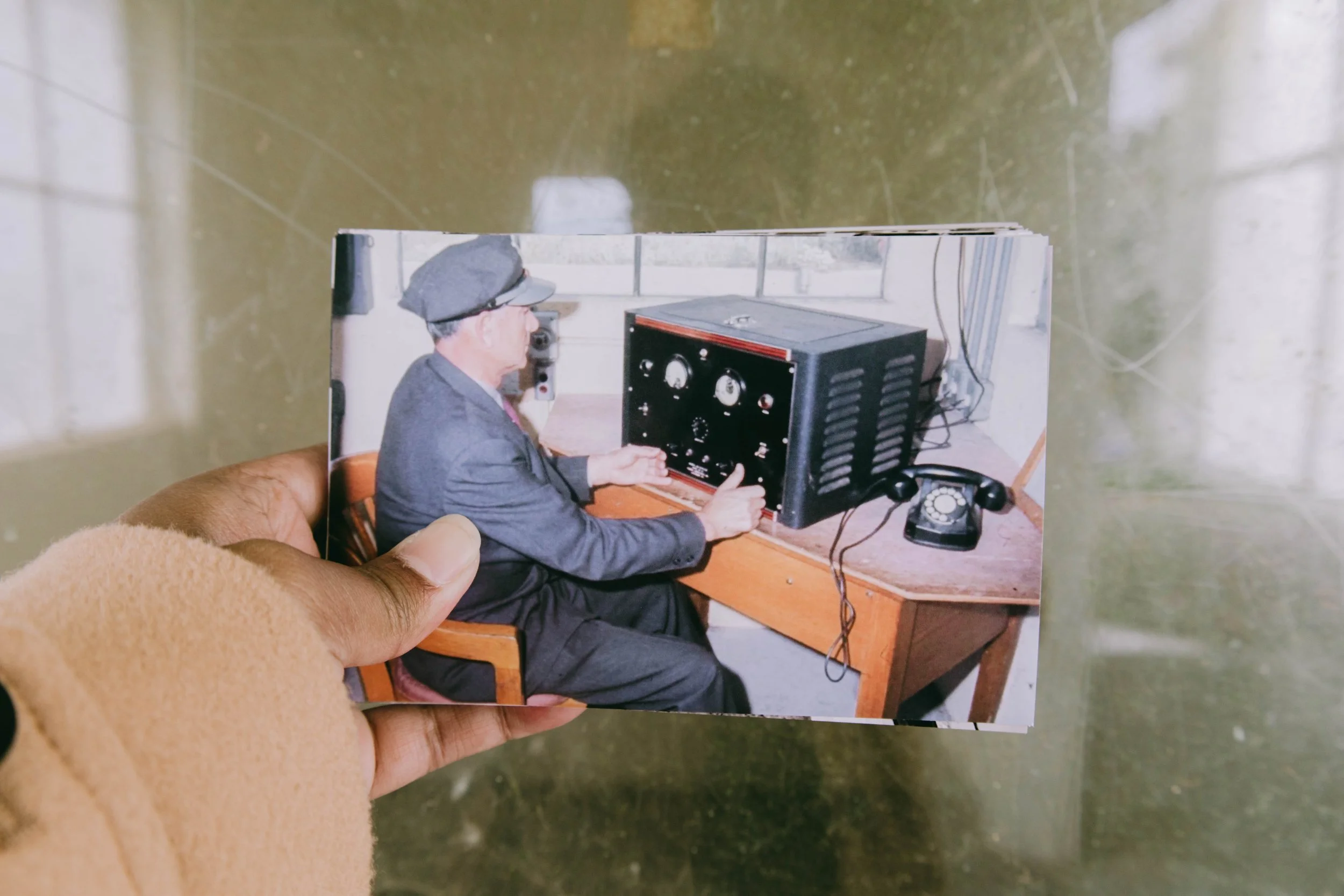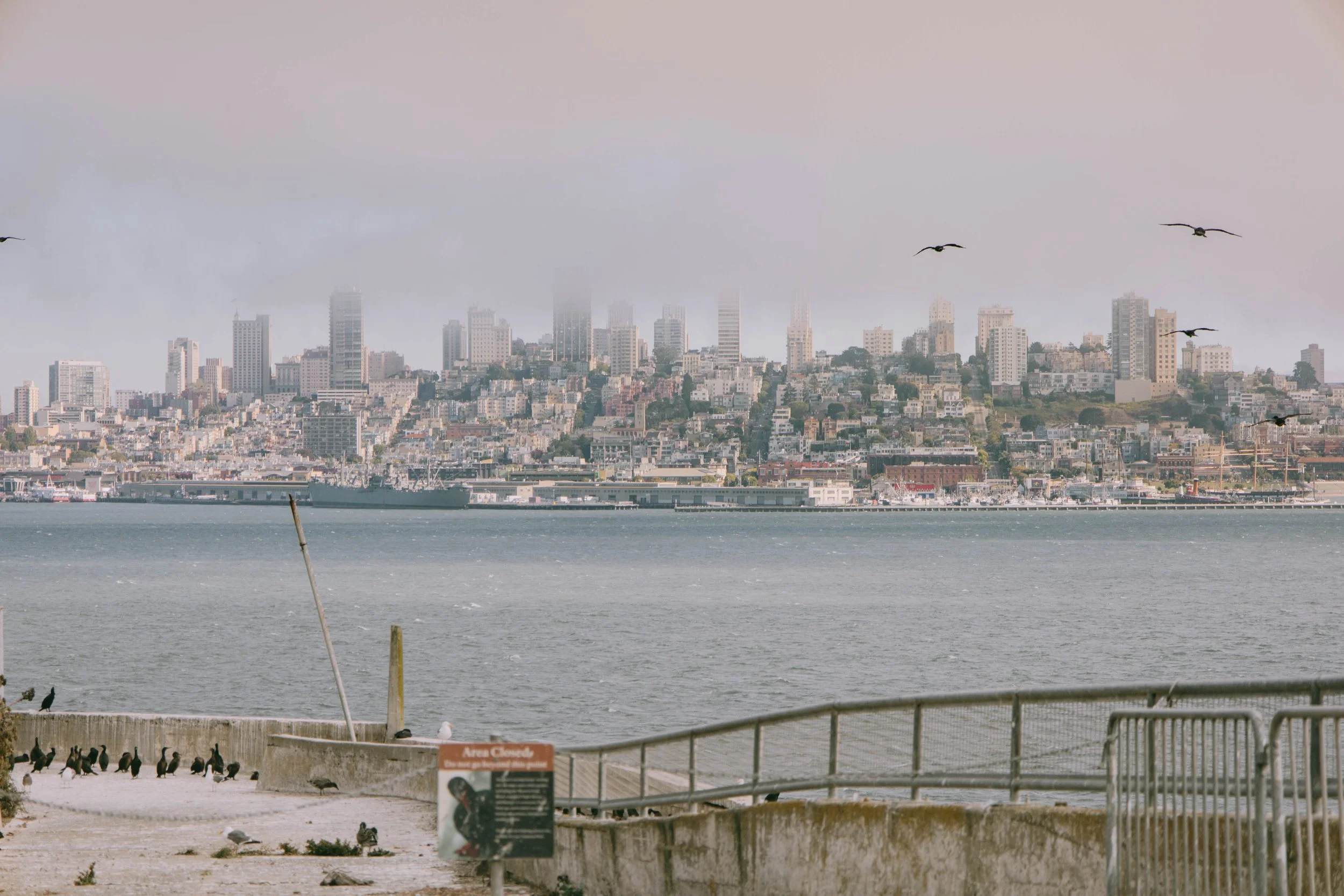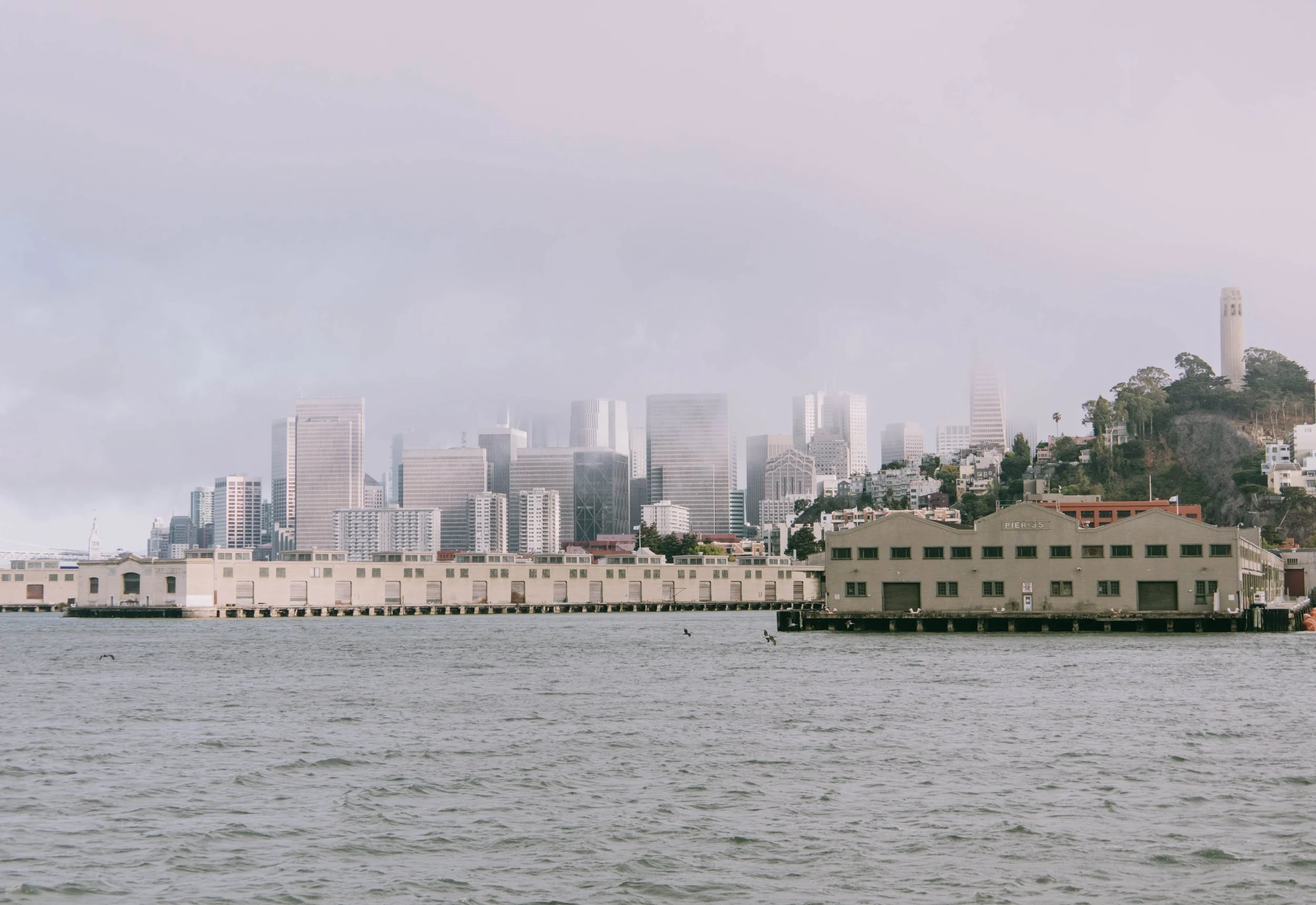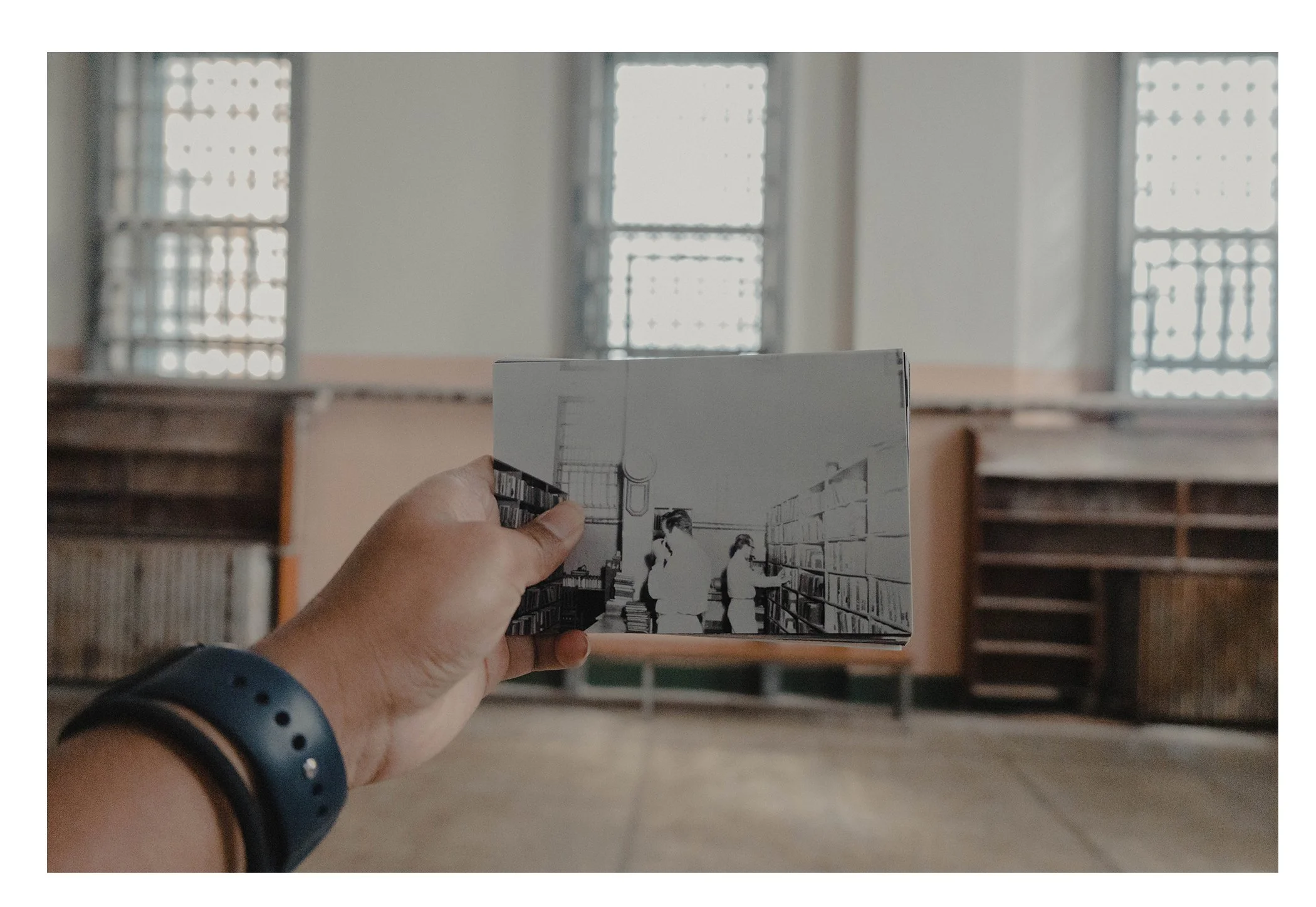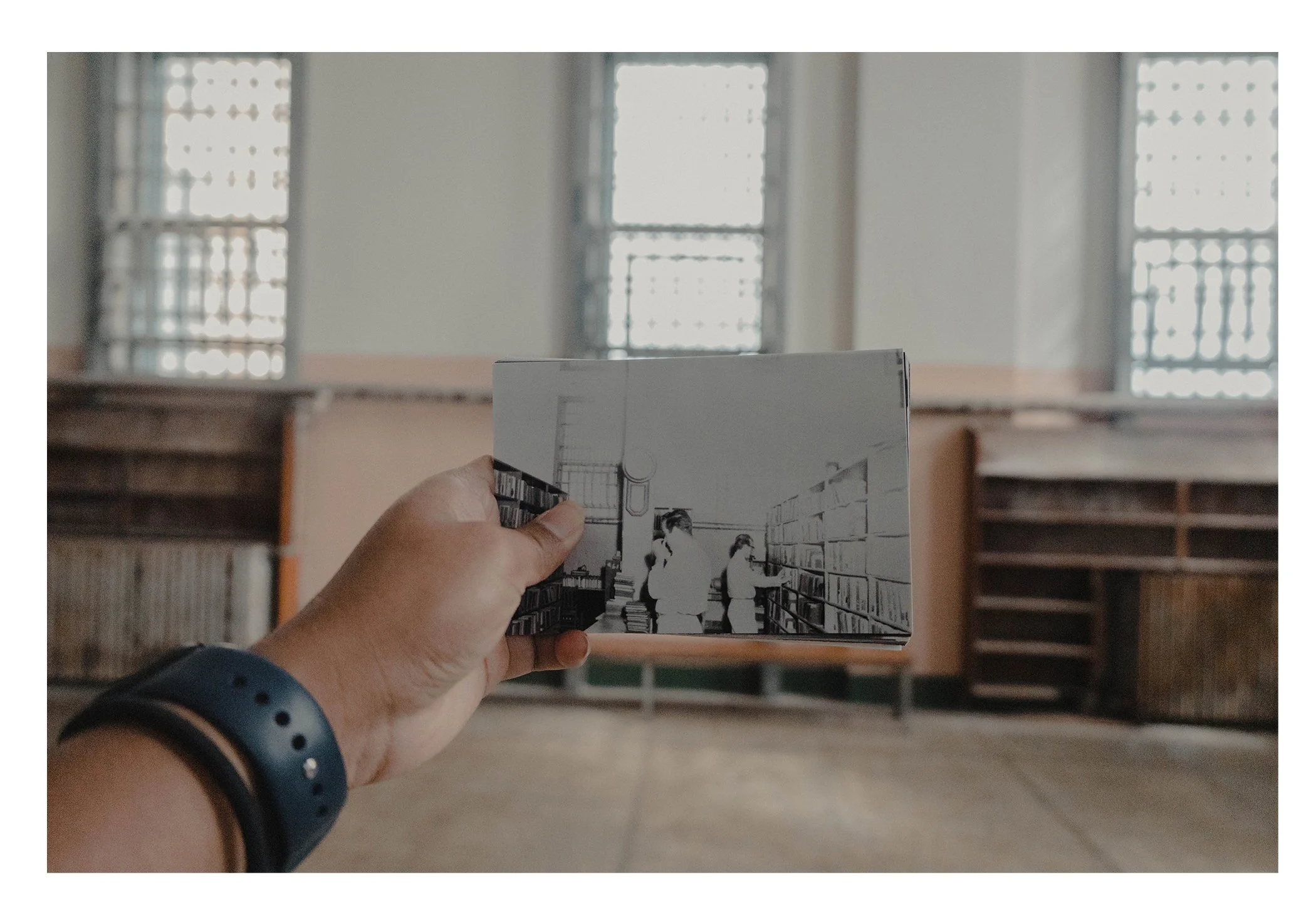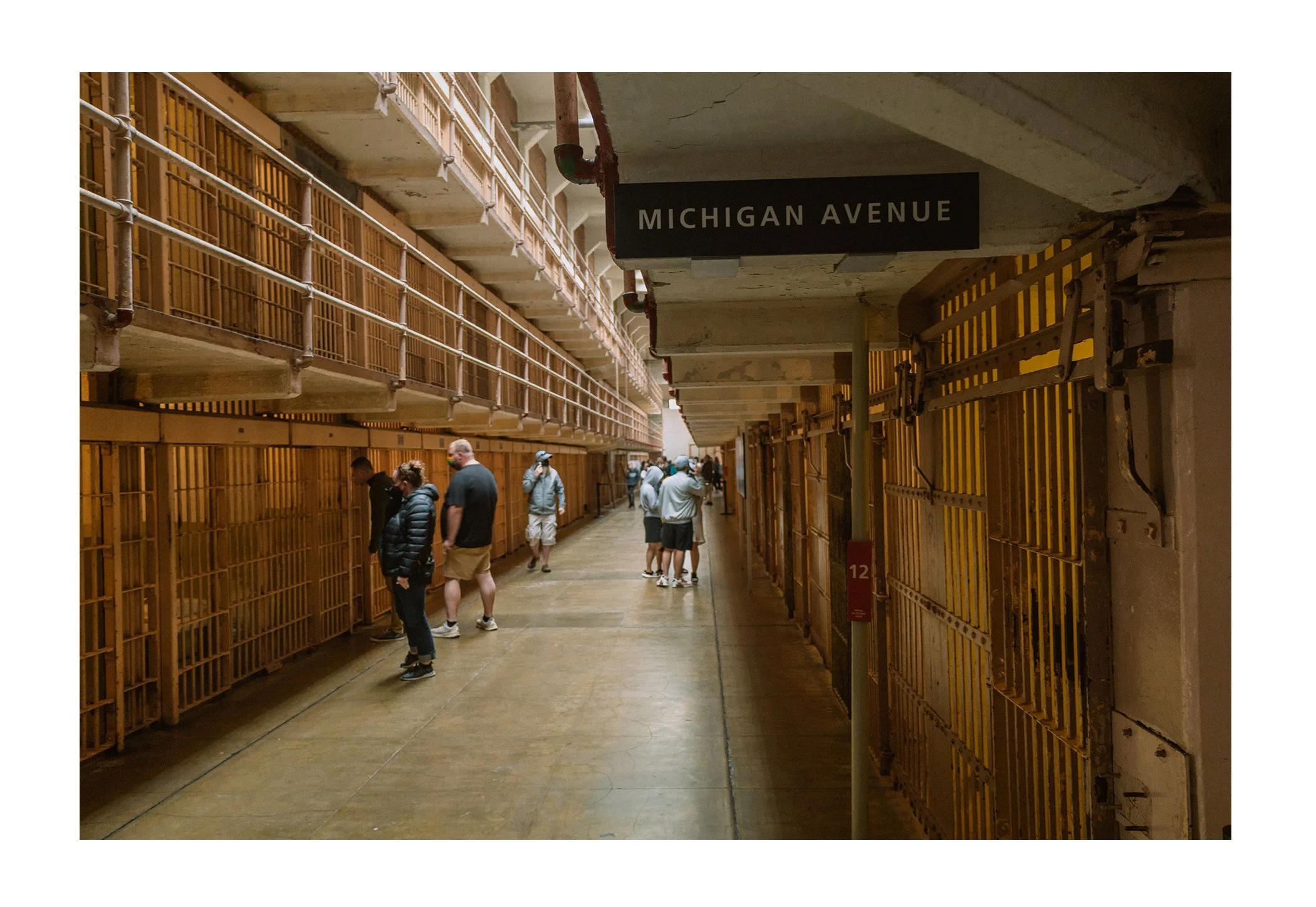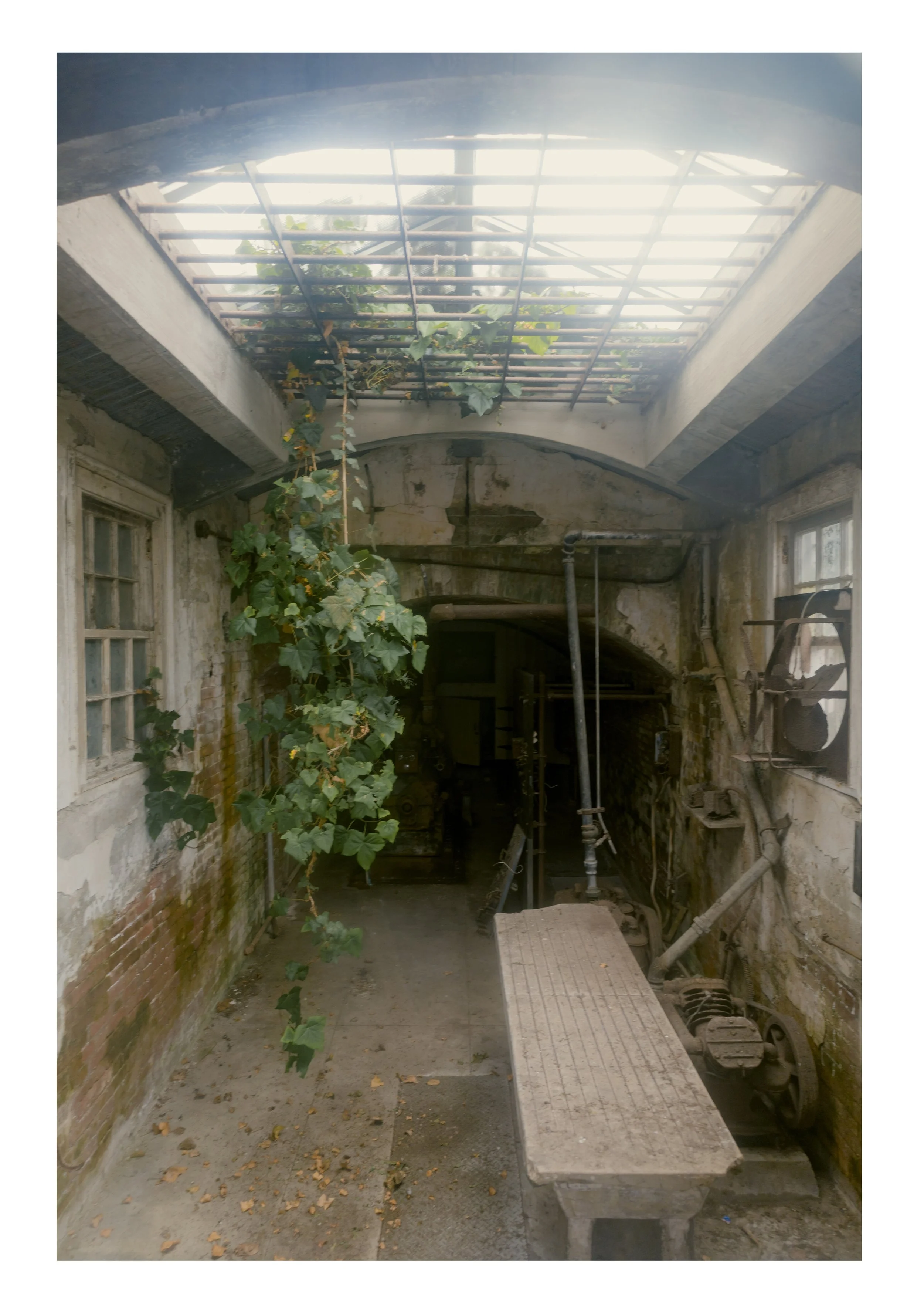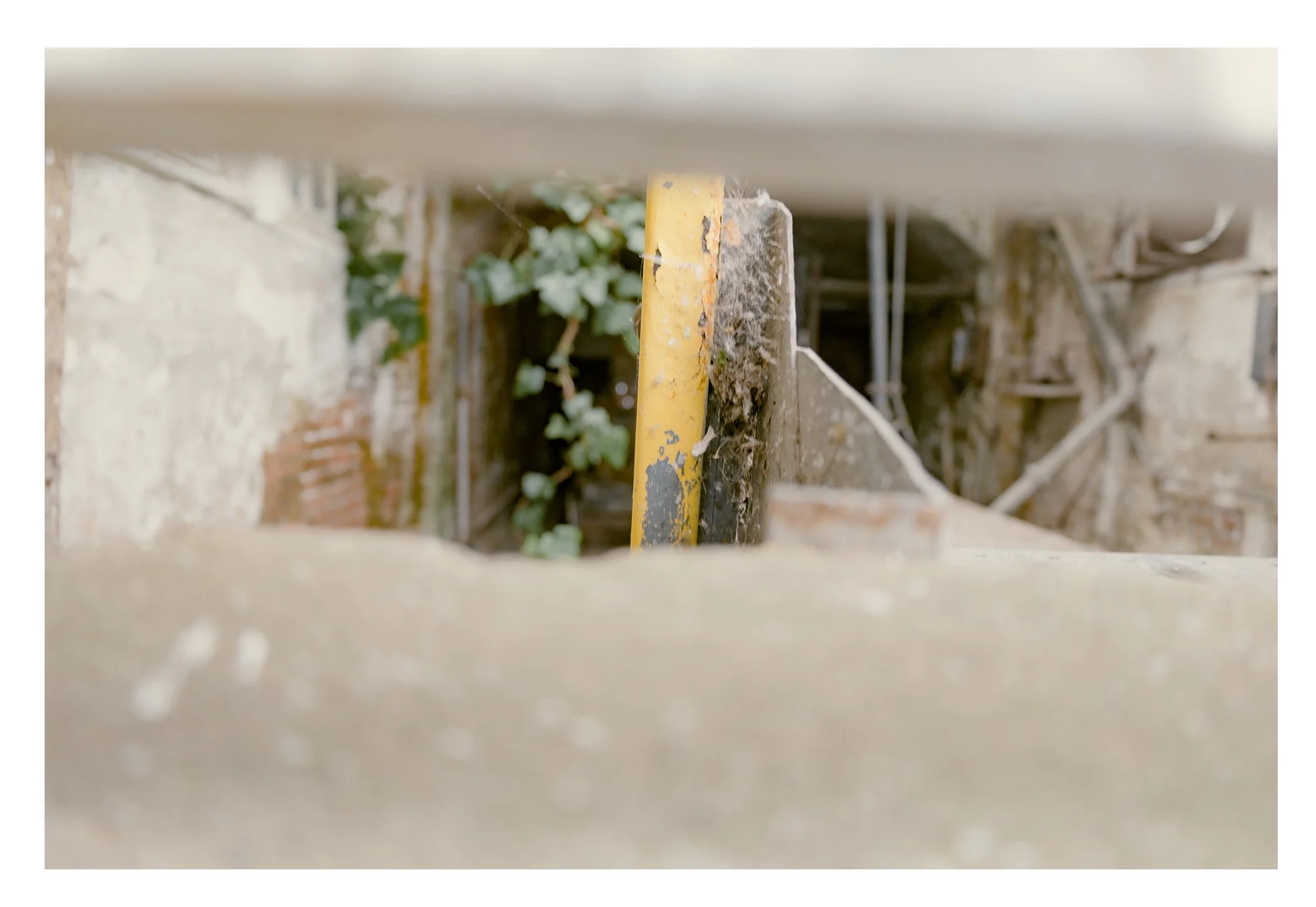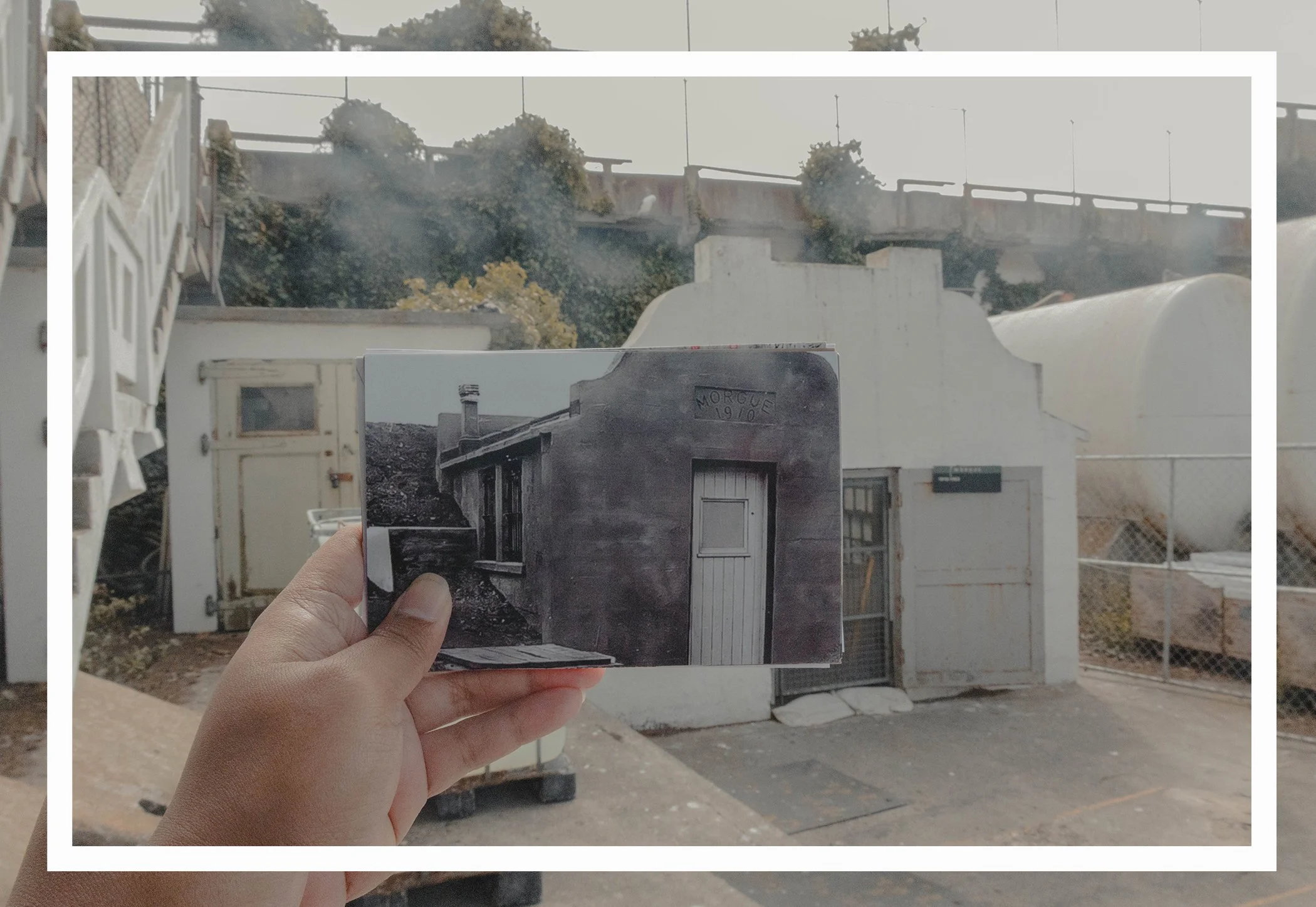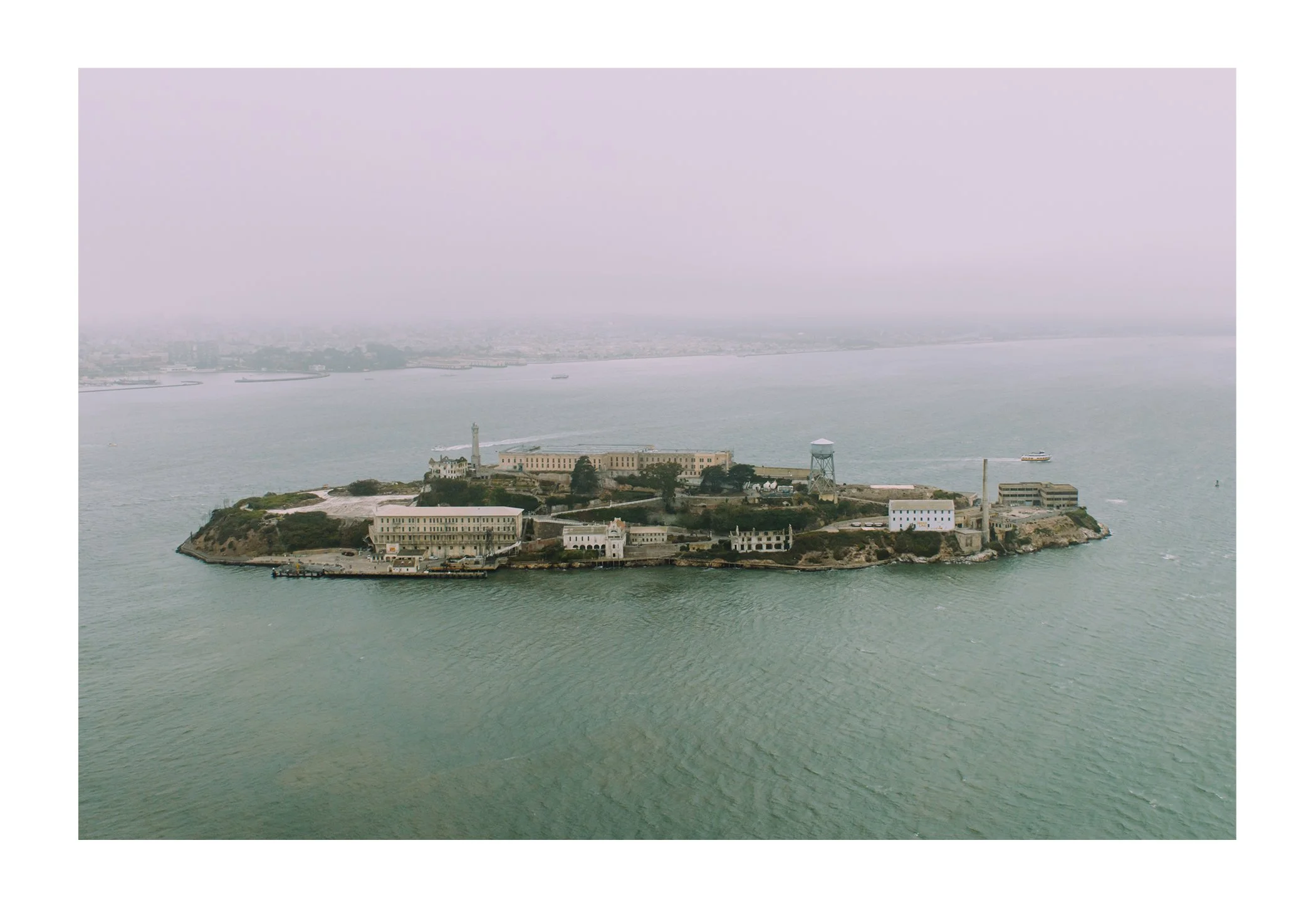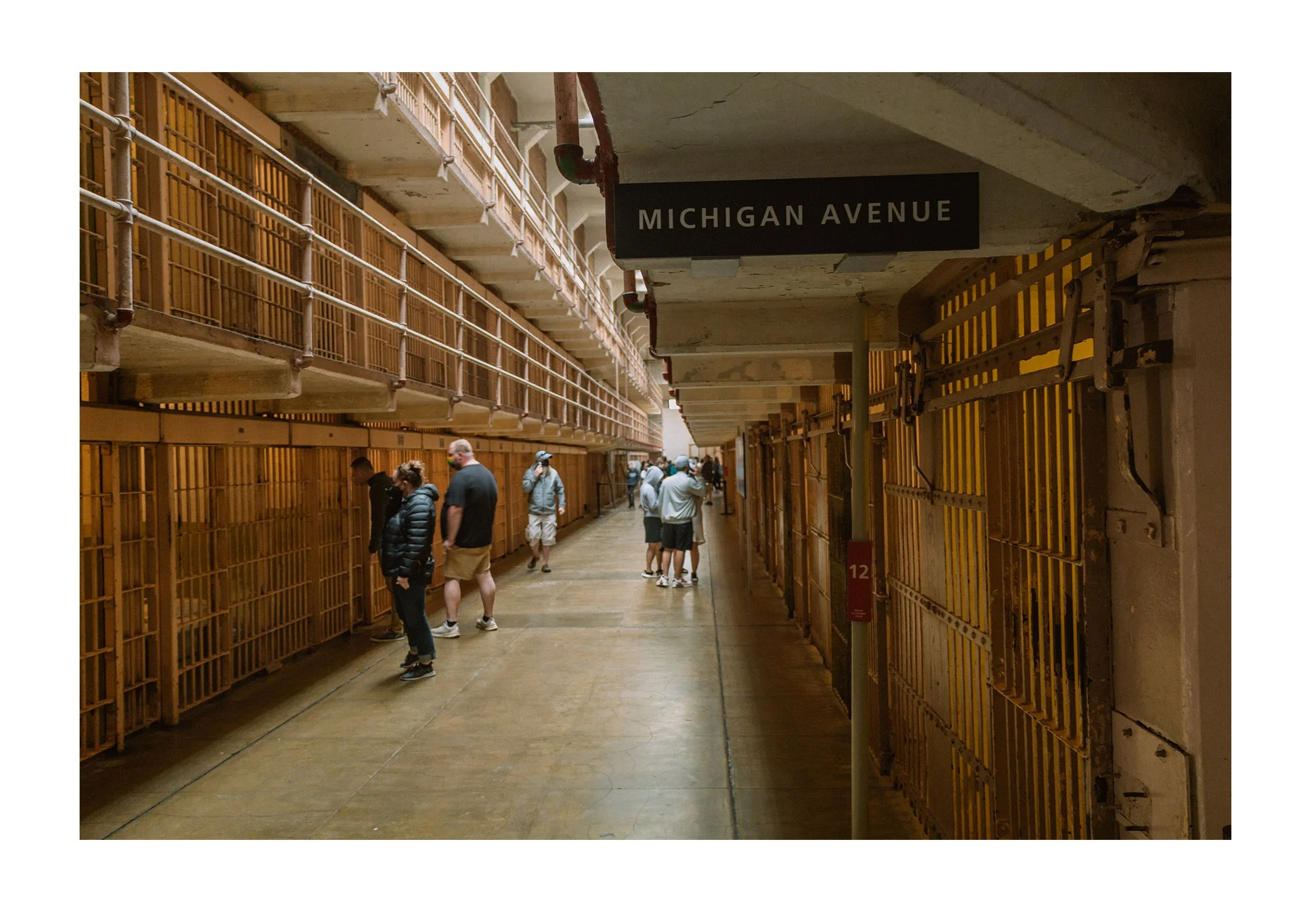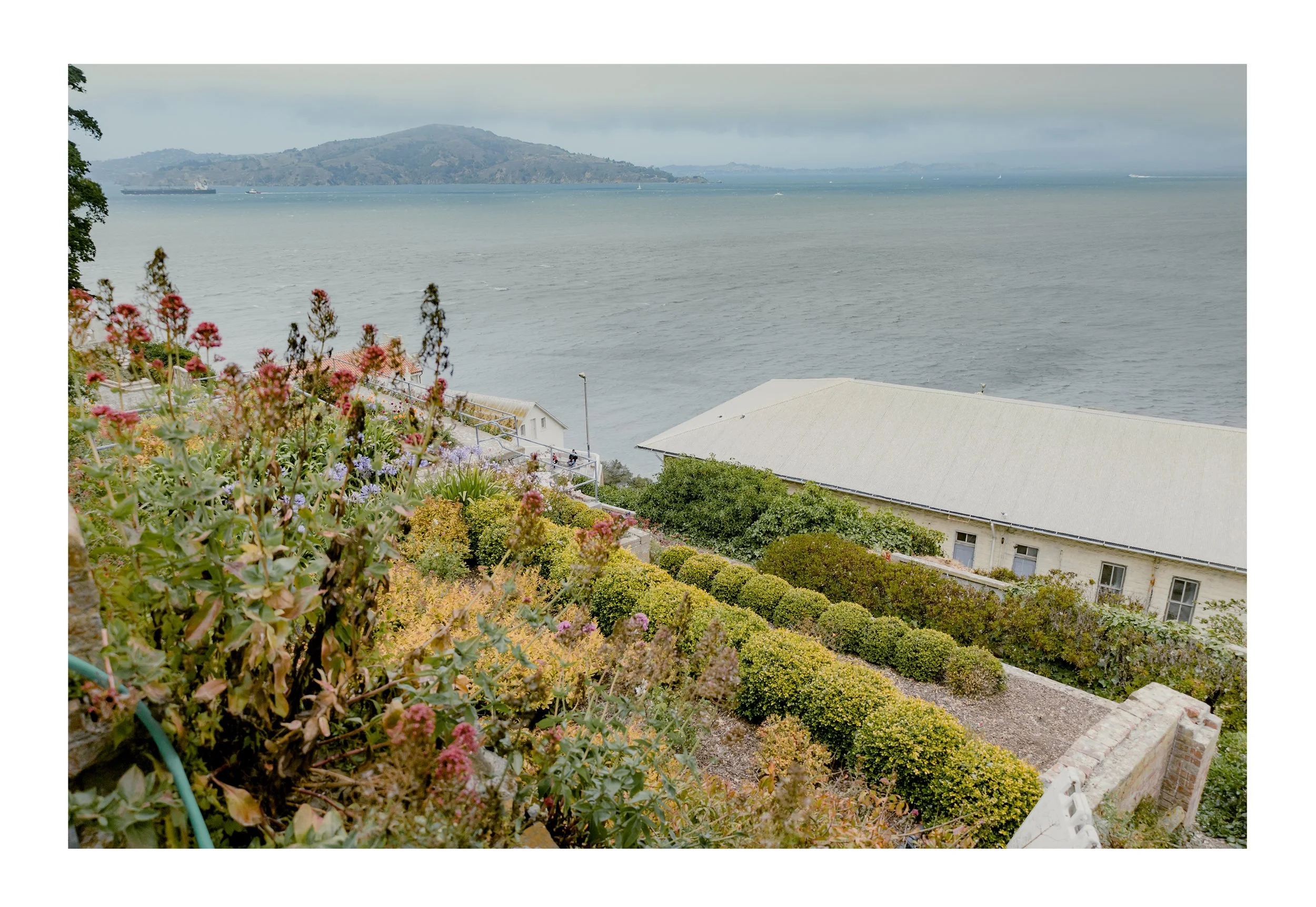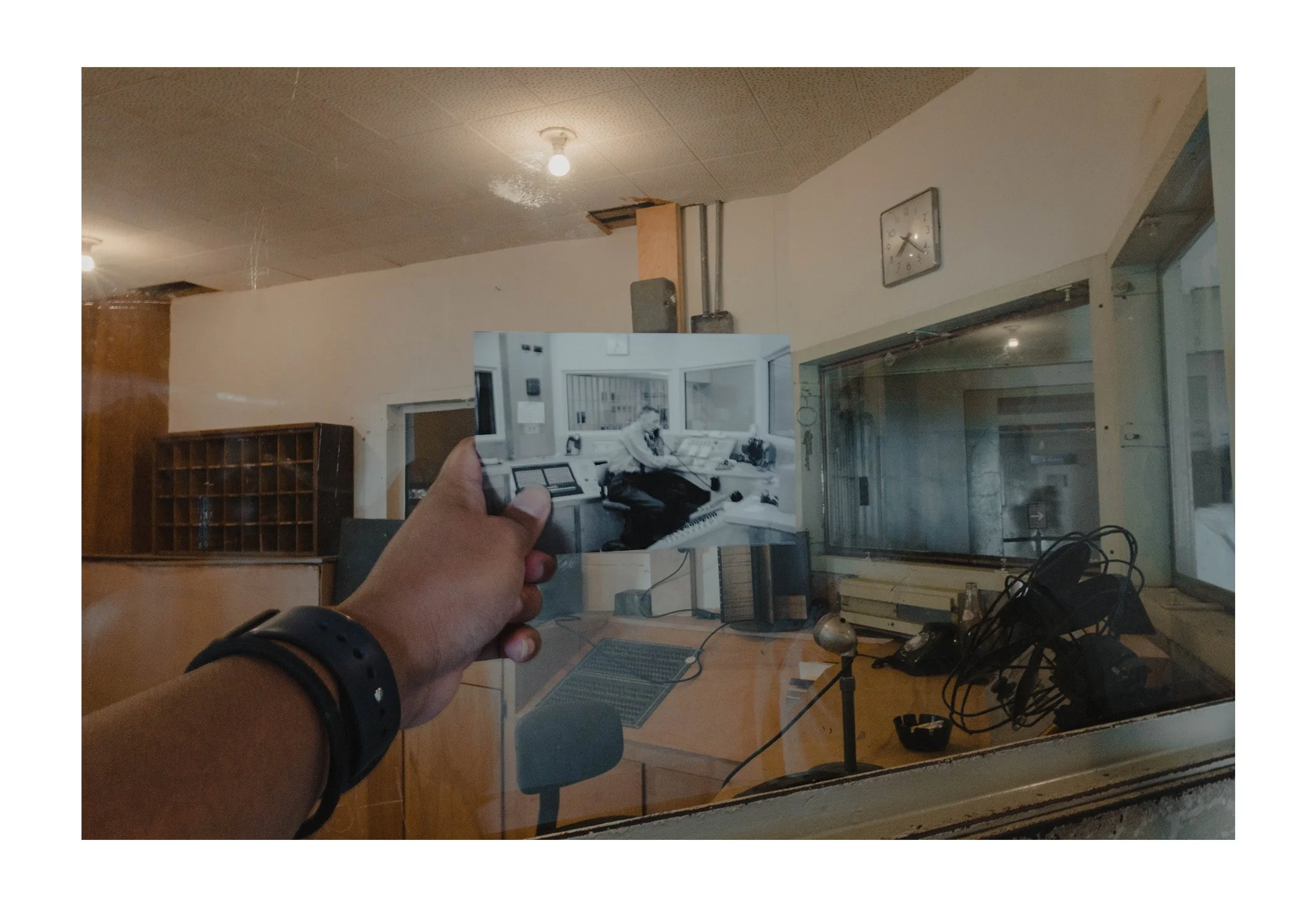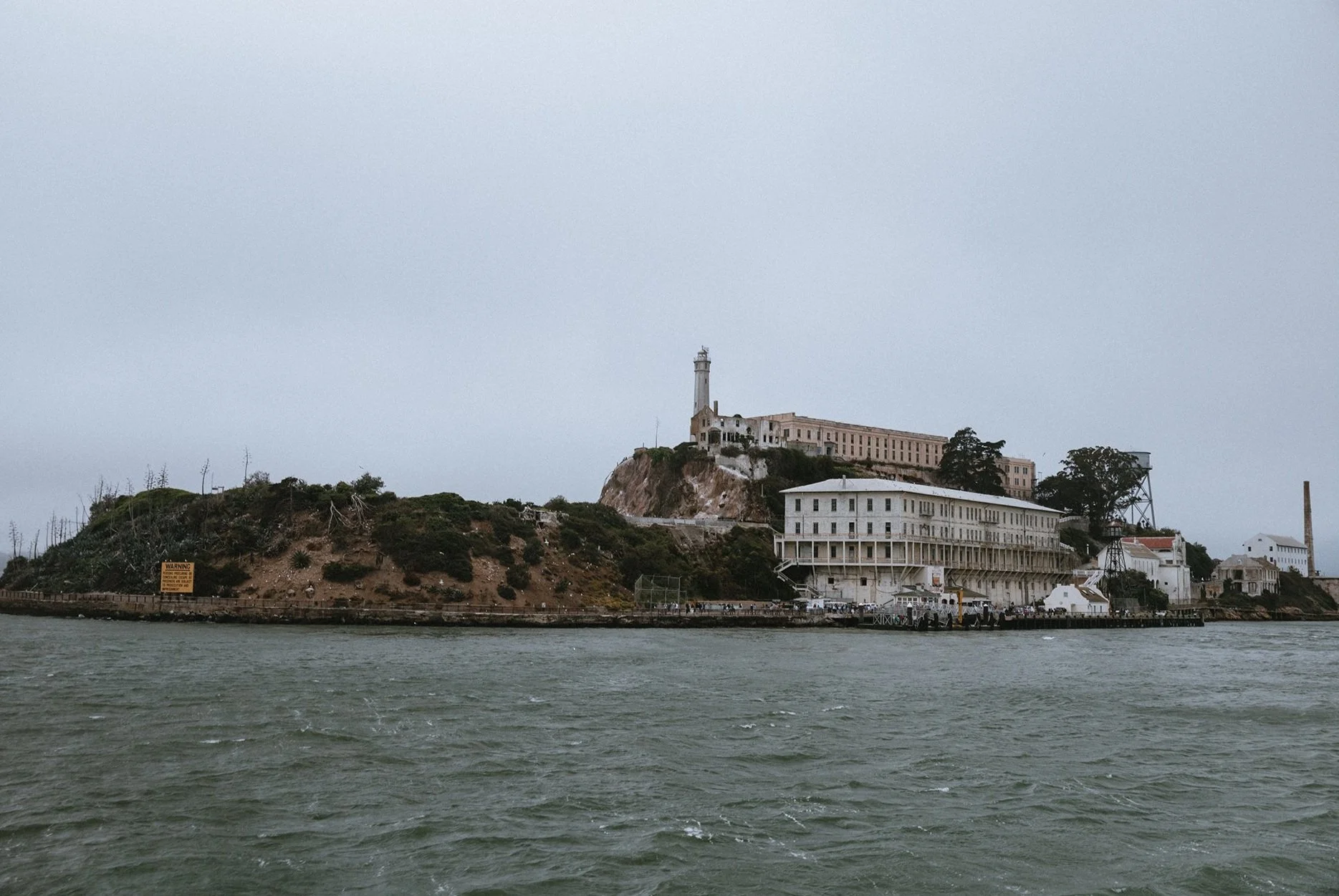THIS IS ALCATRAZ
Alcatraz: More Than Just a Prison
As someone who has always been fascinated by history, there’s one story that never fails to capture my imagination—the story of Alcatraz. This small island off the coast of San Francisco holds a rich, multifaceted history, and I can’t get enough of it.
Alcatraz isn’t just famous for being a prison. Sure, it housed some of the most notorious criminals, like Al Capone and Robert Stroud, the "Birdman of Alcatraz," but its history stretches far beyond that. It was originally a military fort, and before that, it was a place of natural beauty, untouched by human hands. But over the years, the island became a symbol of isolation and mystery, especially when the notorious federal prison opened its doors in 1934.
What I love most about Alcatraz is how its history intertwines with so many significant events. From being the site of Native American occupation in the 1960s to its role in shaping America’s penal system, Alcatraz holds a unique place in the narrative of this country. The story of Native American activists taking over the island in the late '60s, demanding recognition of their rights and culture, is one of the most powerful moments in its modern history.
Walking around the island, you can almost feel the weight of all the stories, the whispers of past inhabitants, and the ghosts of those who once called it home. Whether it was the tough guards, the infamous escape attempts, or the prisoners who lived there, Alcatraz is more than just a prison; it’s a piece of living history that continues to intrigue and teach us about resilience, justice, and human nature.
For me, Alcatraz is a reminder that every place has a story to tell. And the story of Alcatraz is one I’ll always love to explore—its twists, its turns, and its undeniable place in the history of America.
